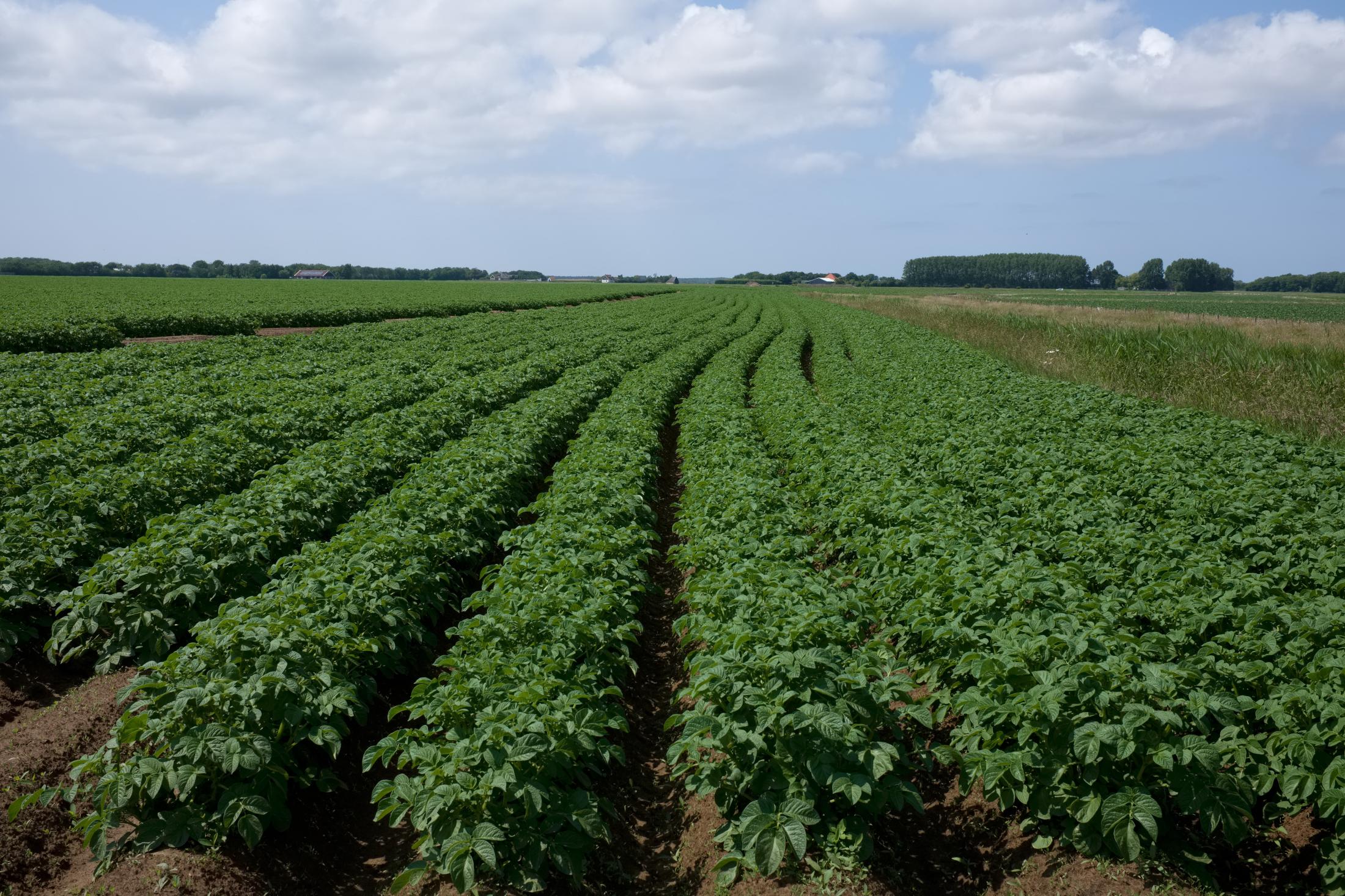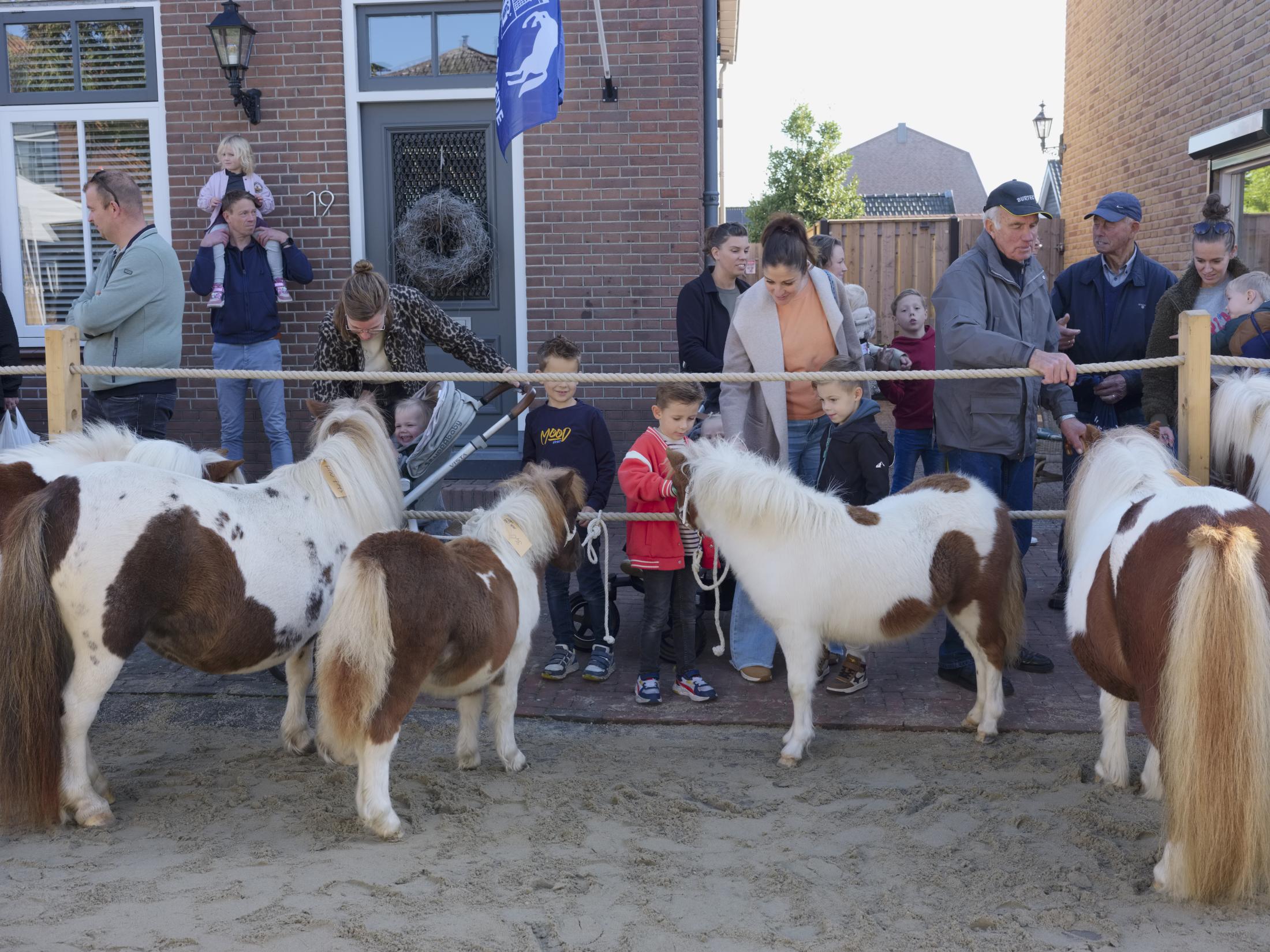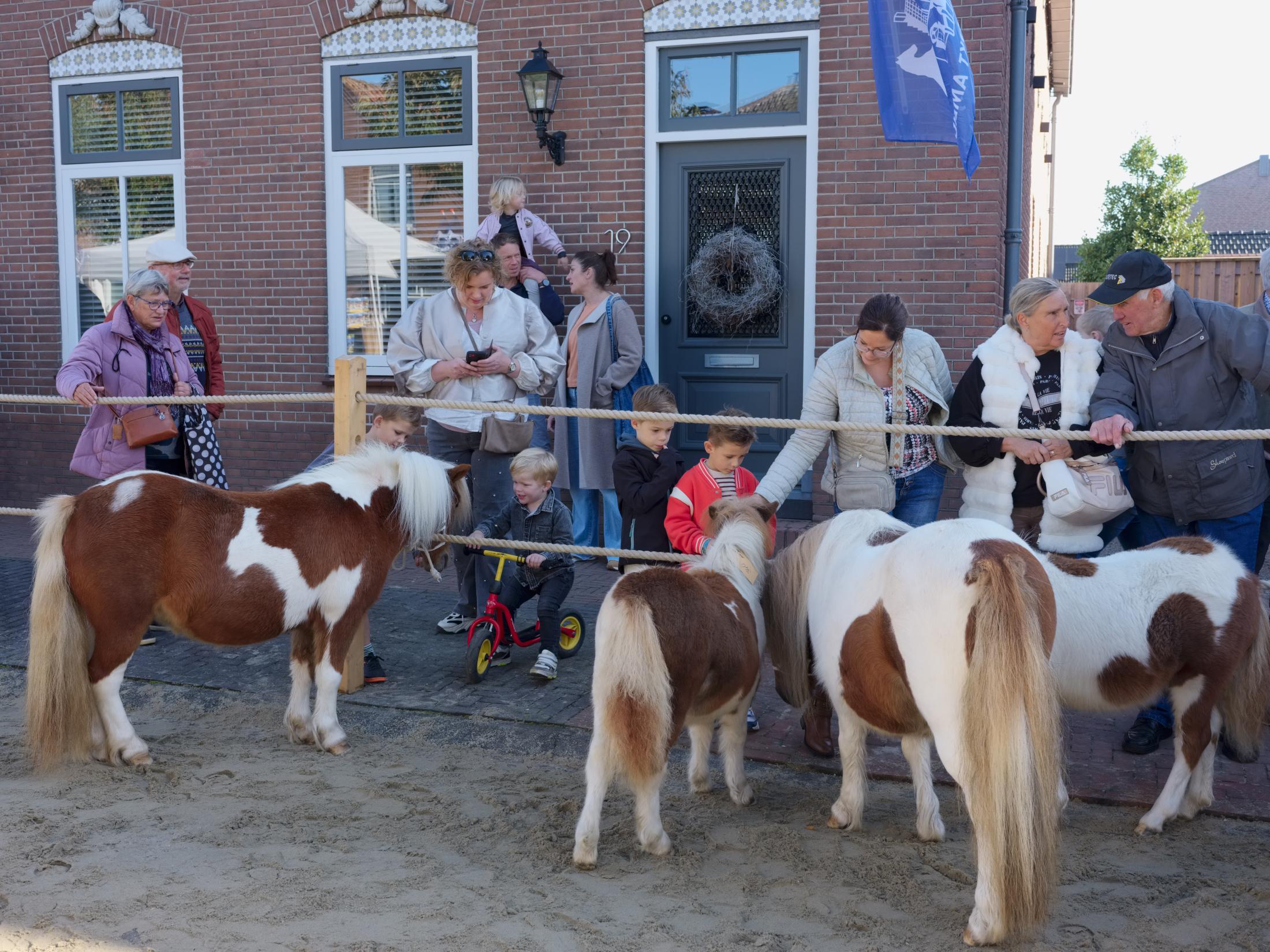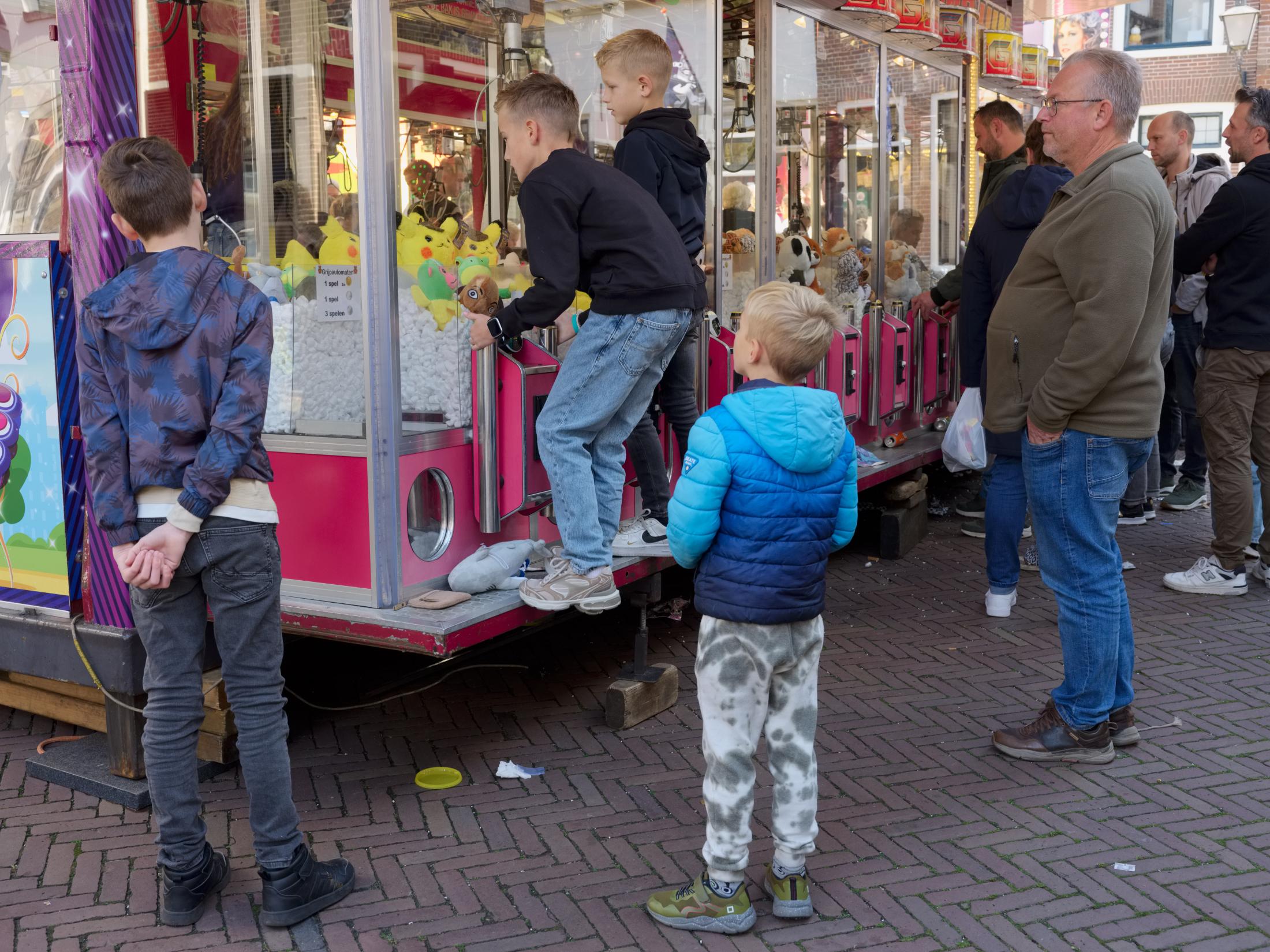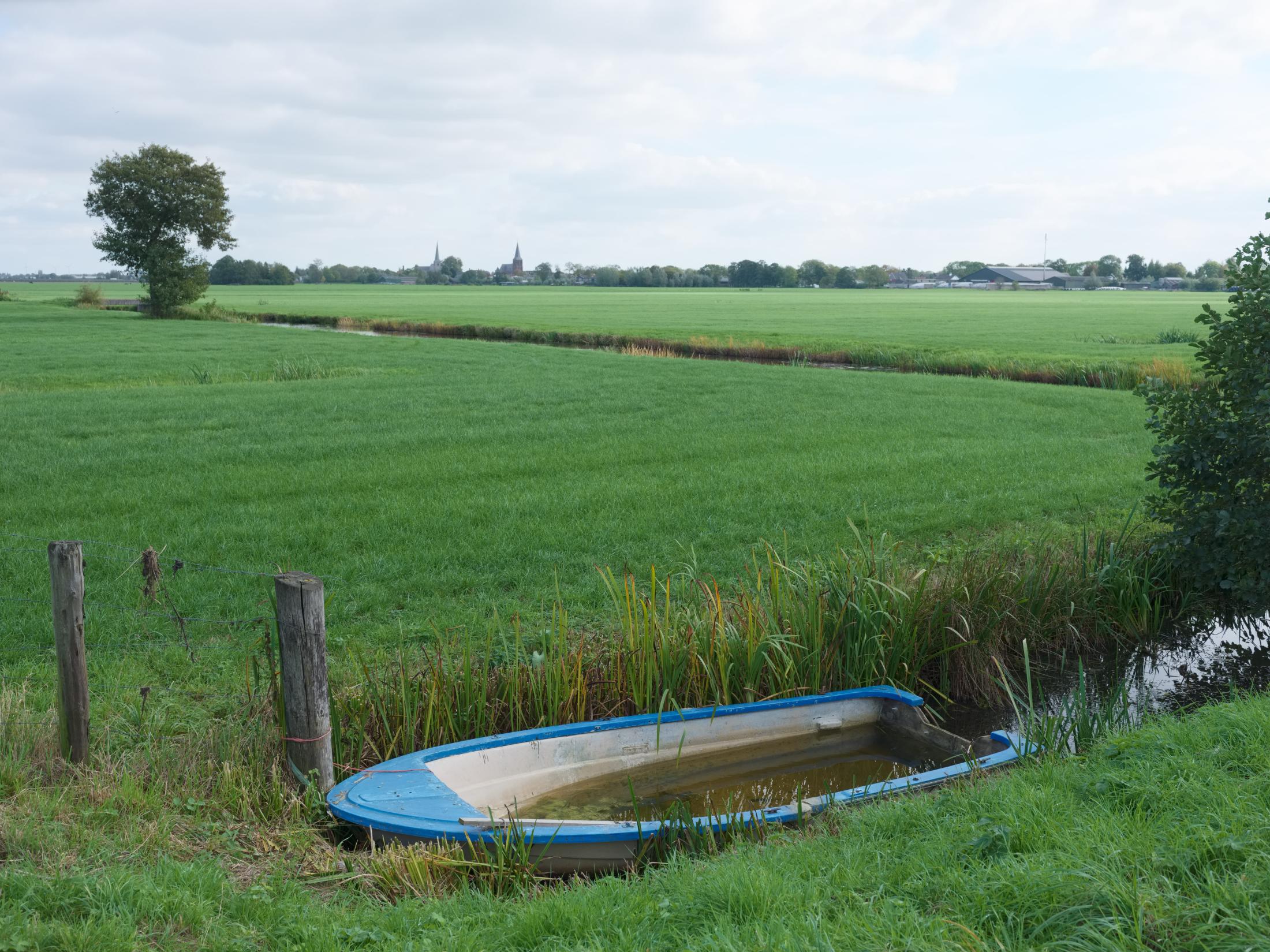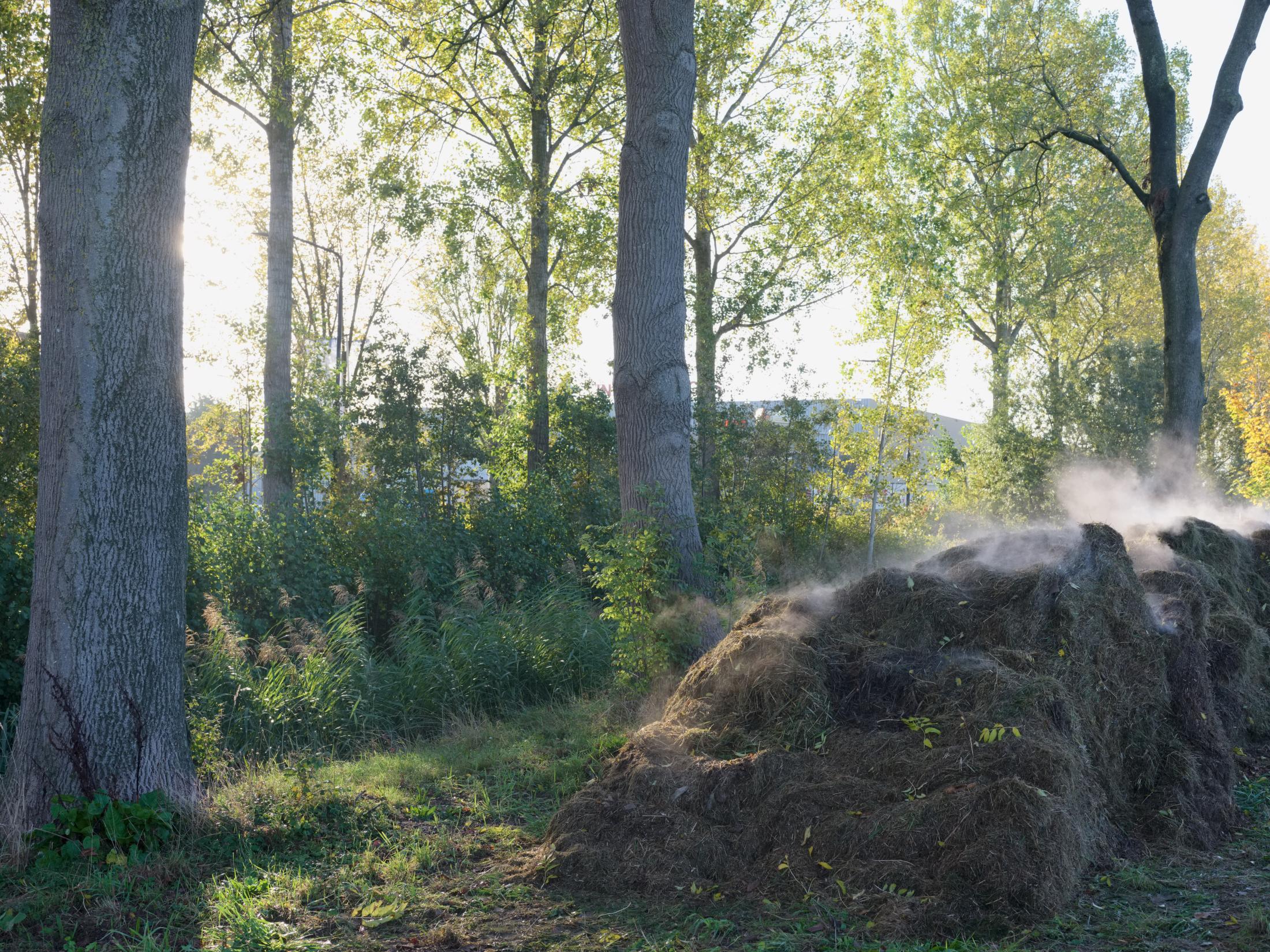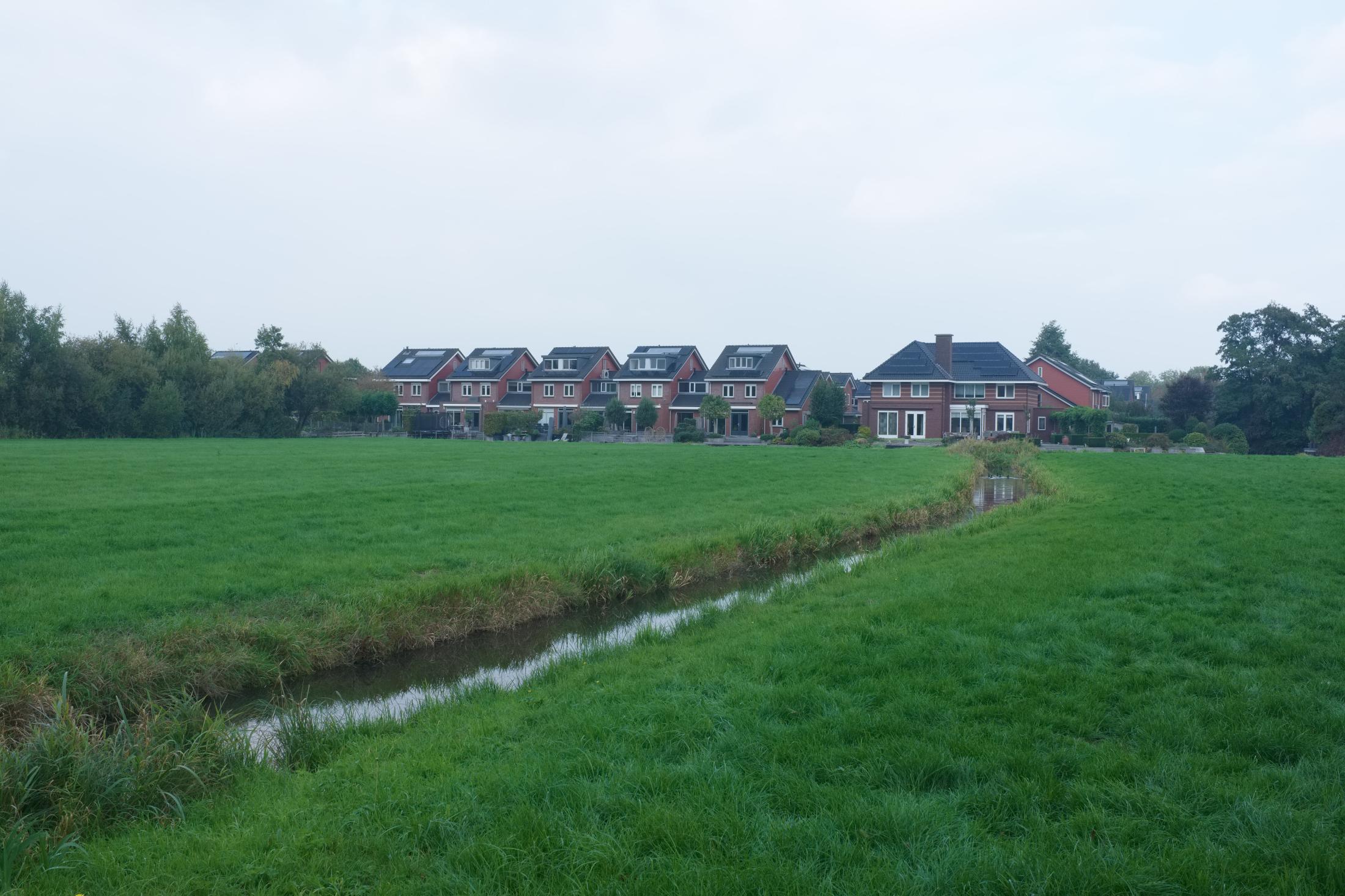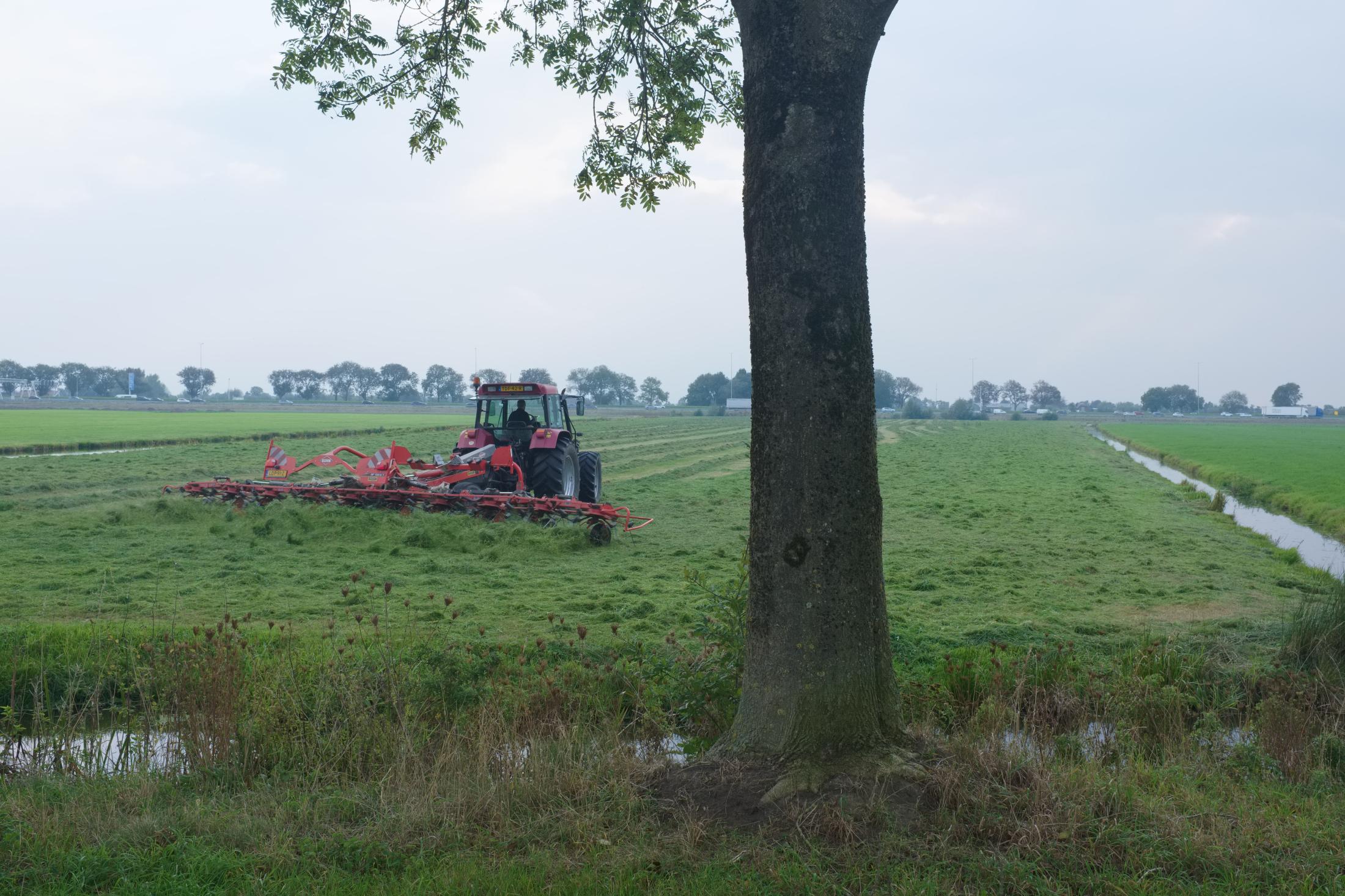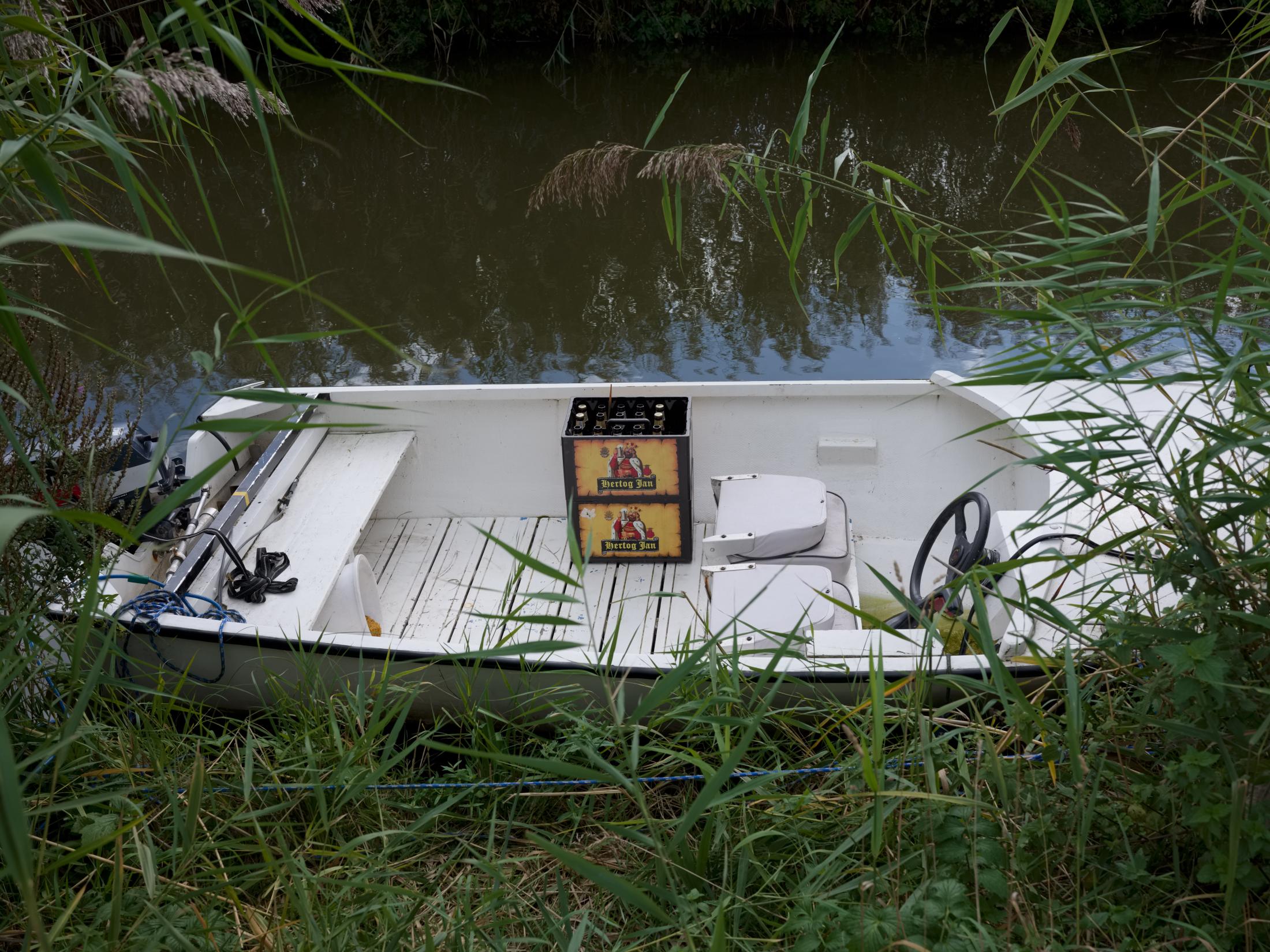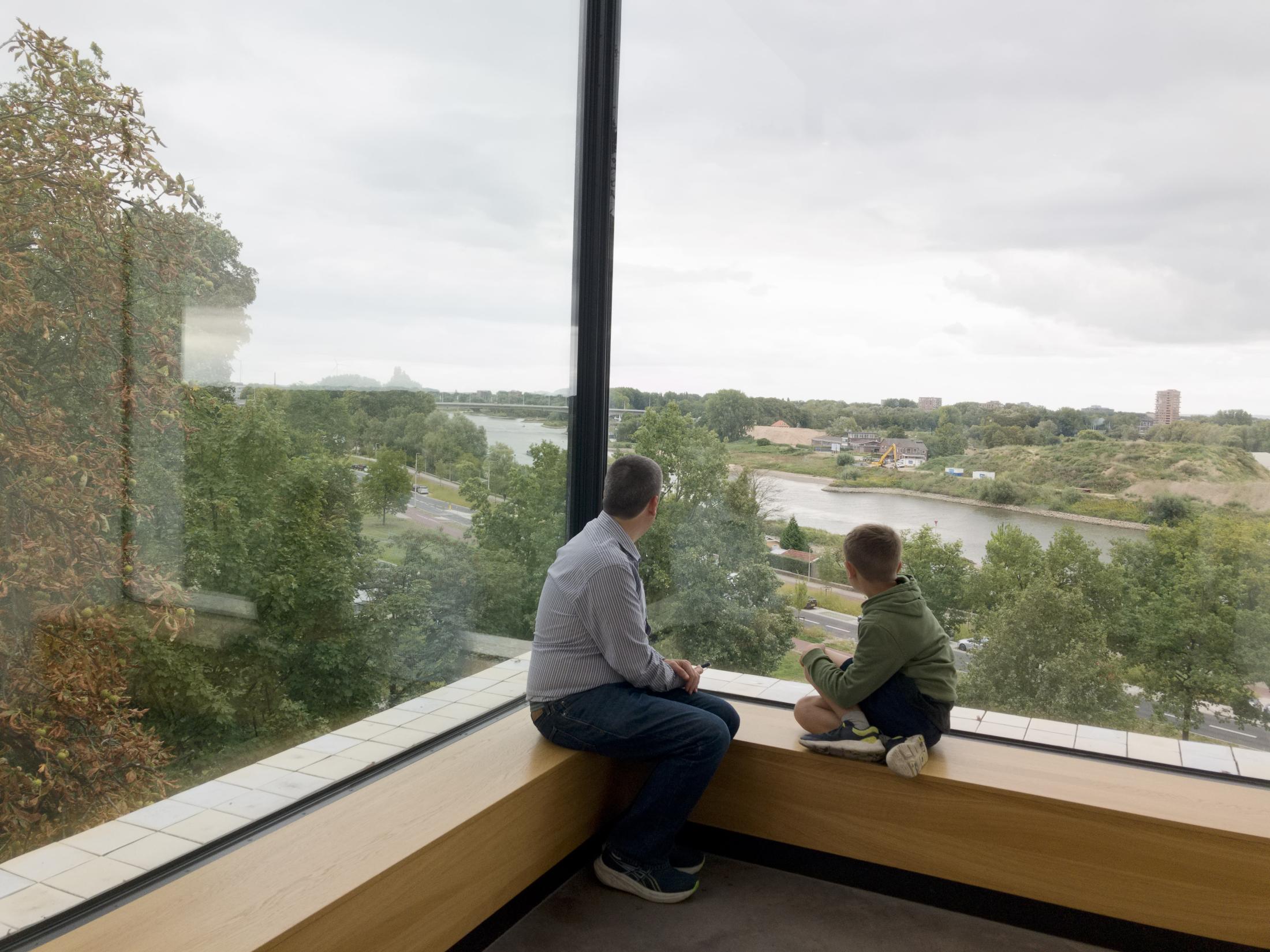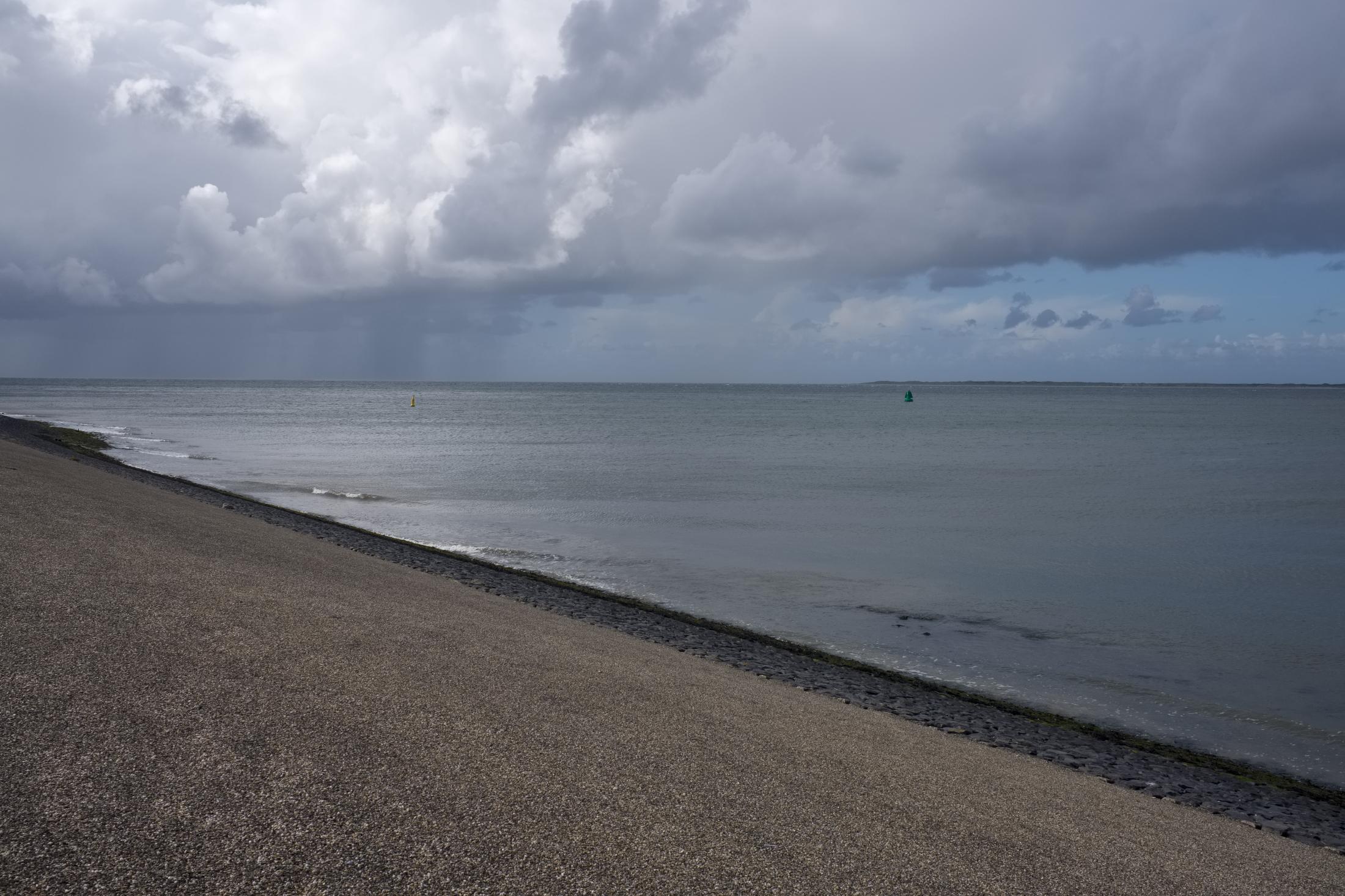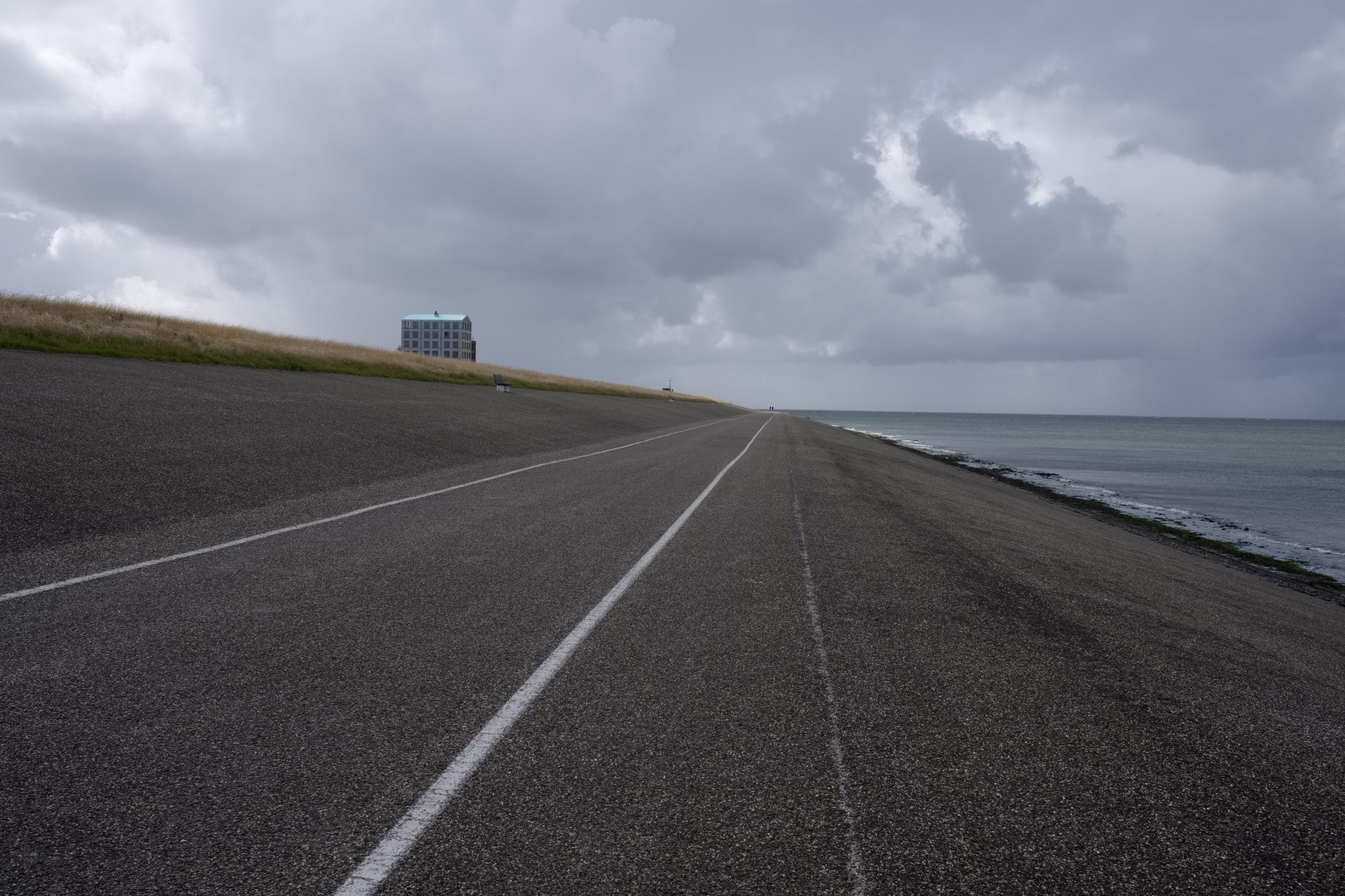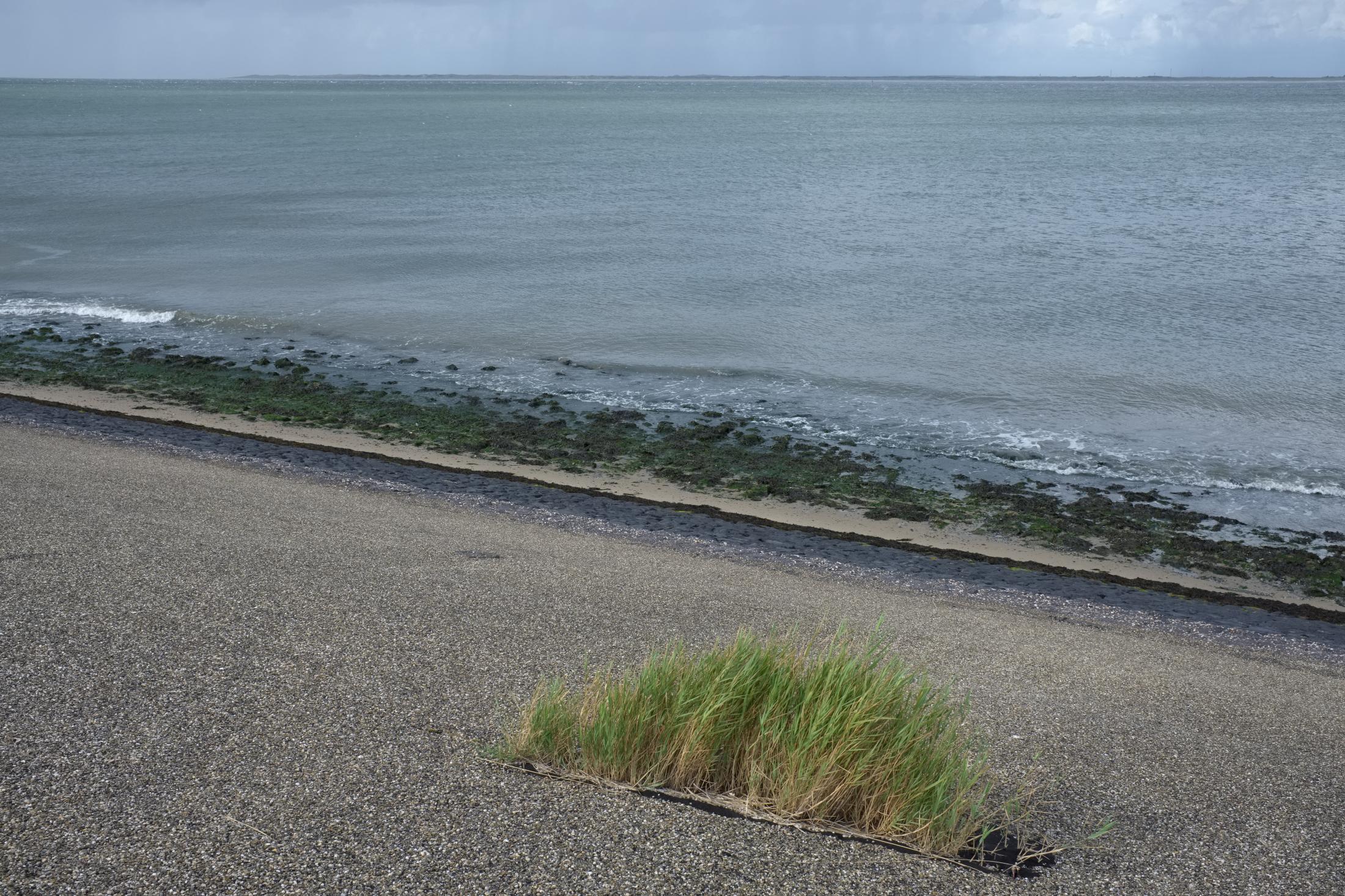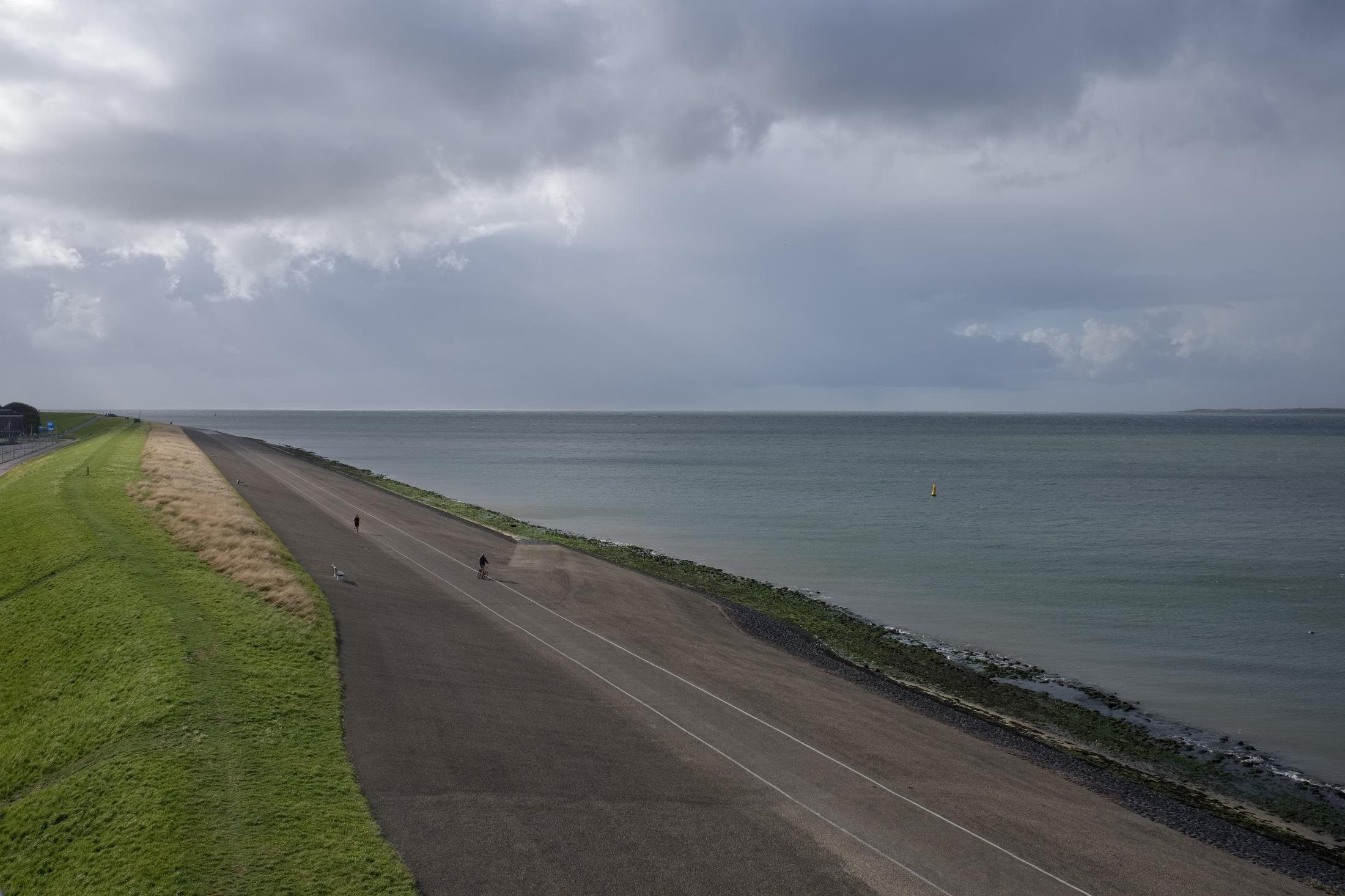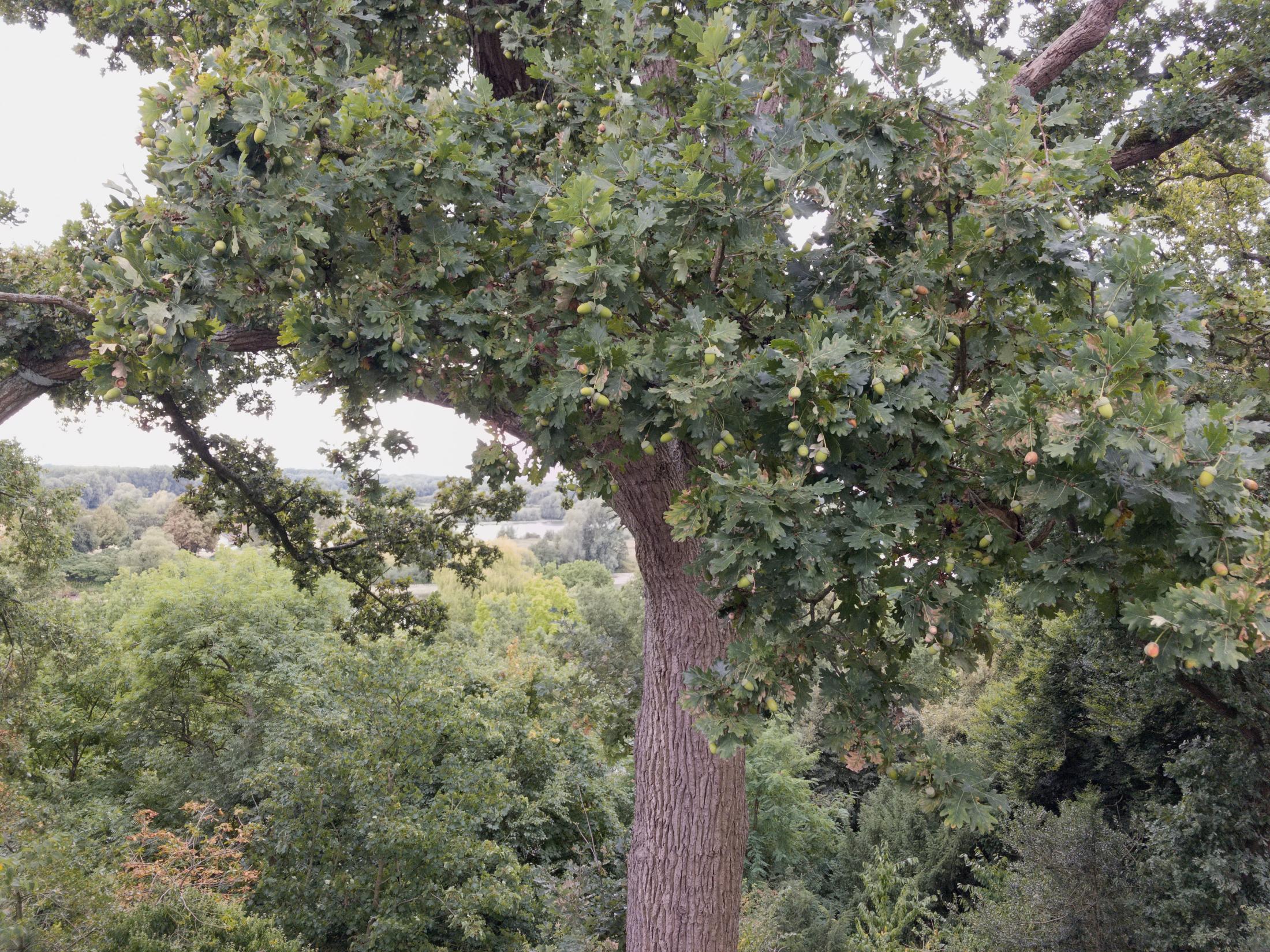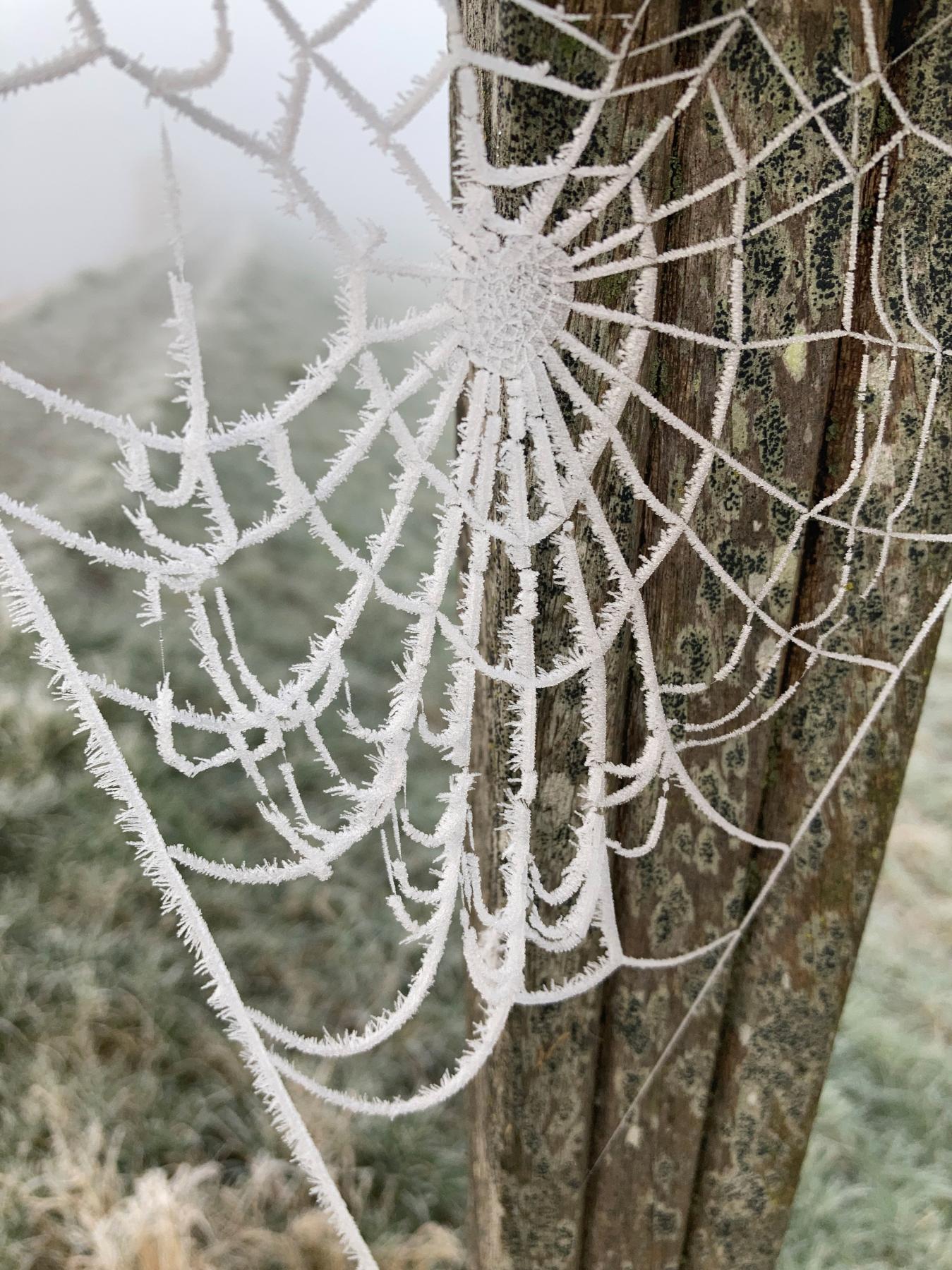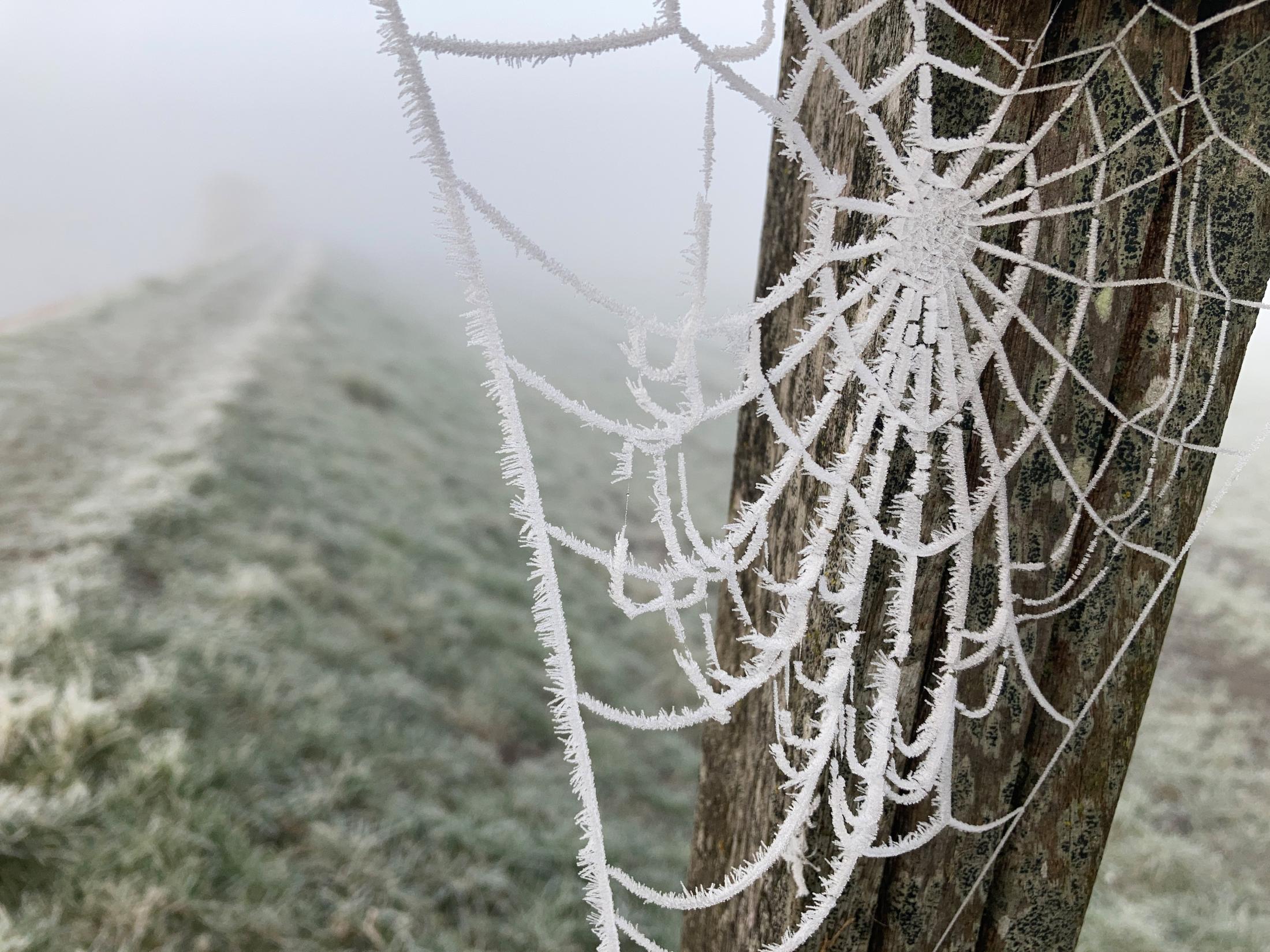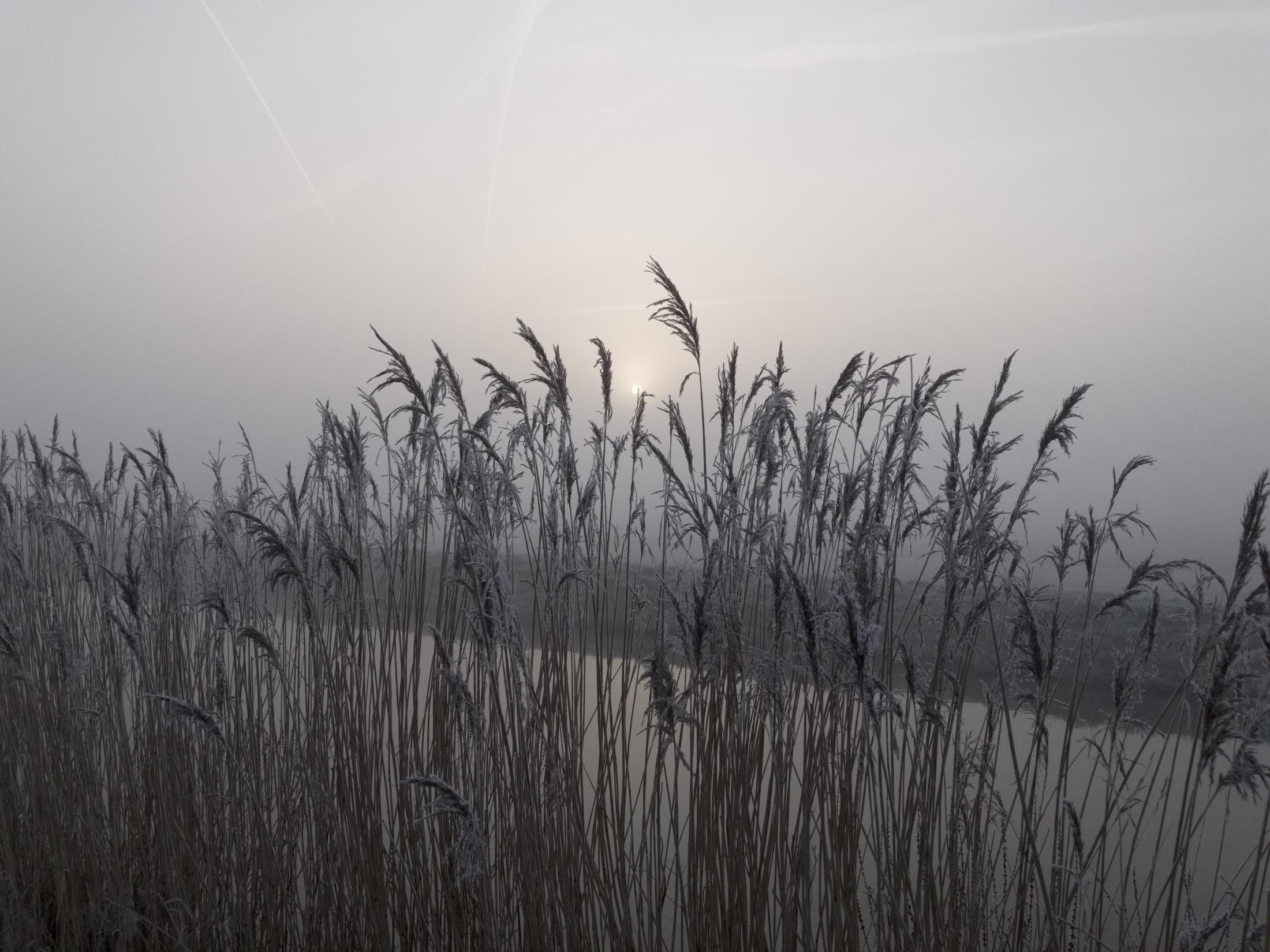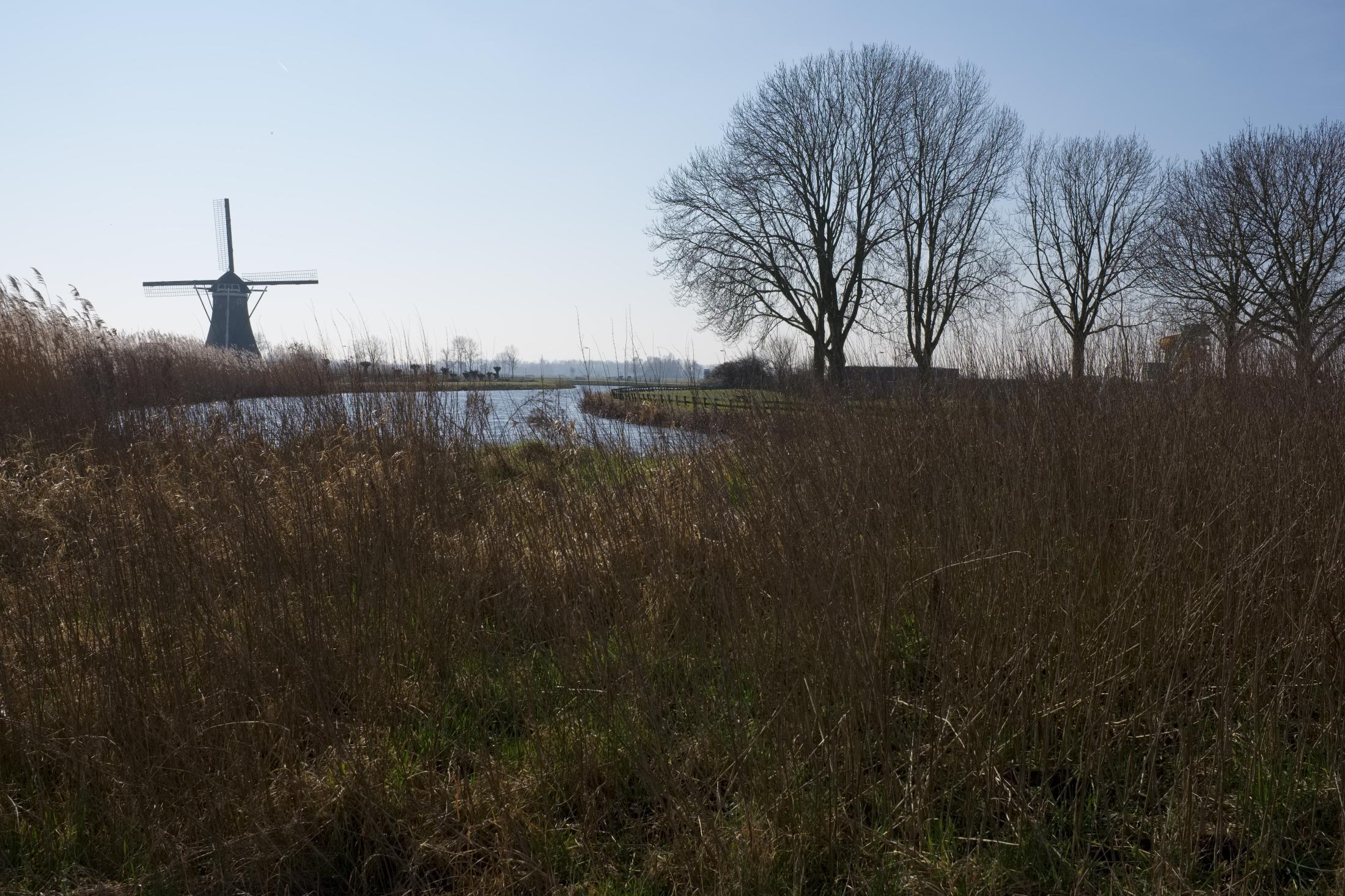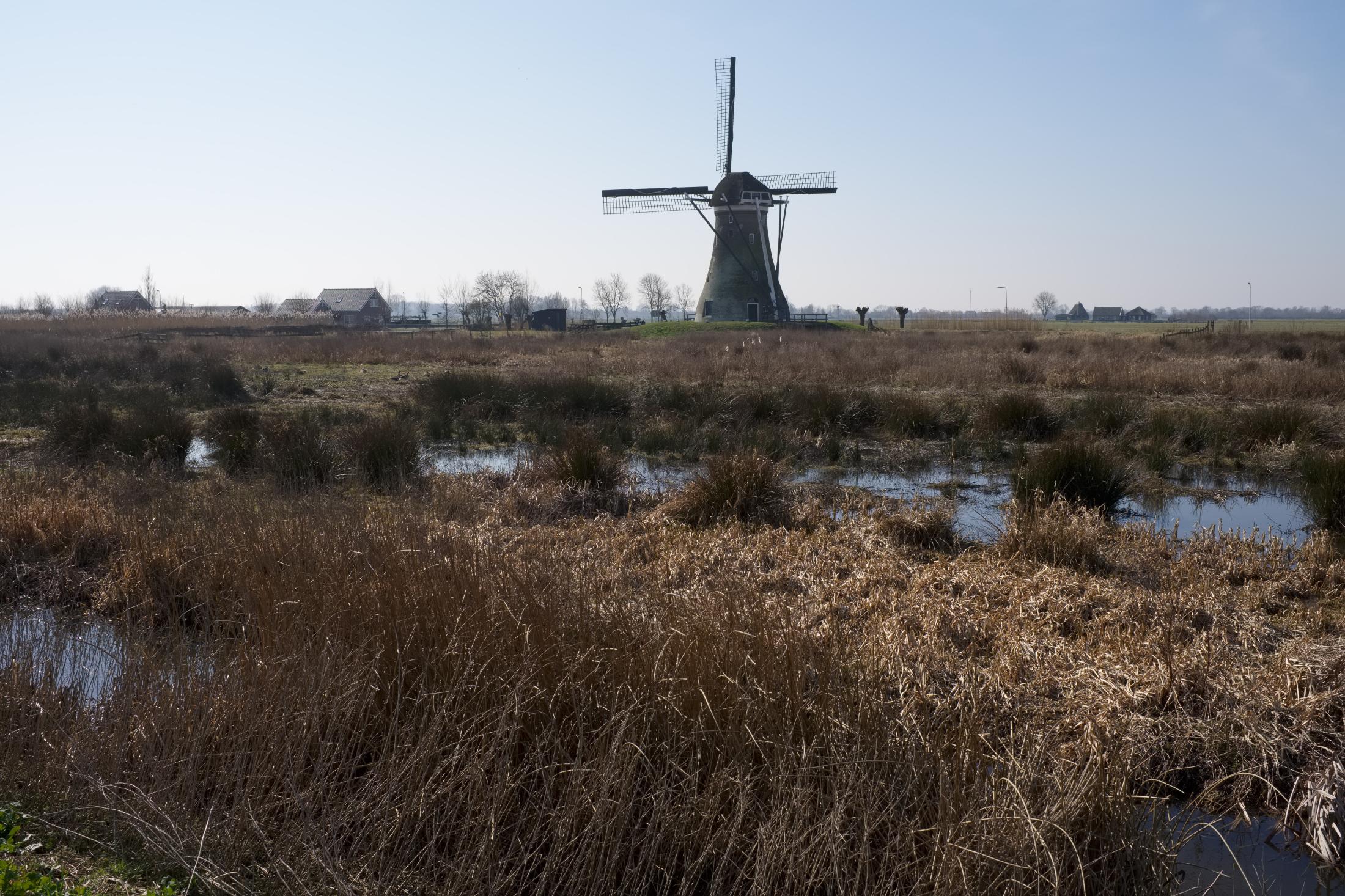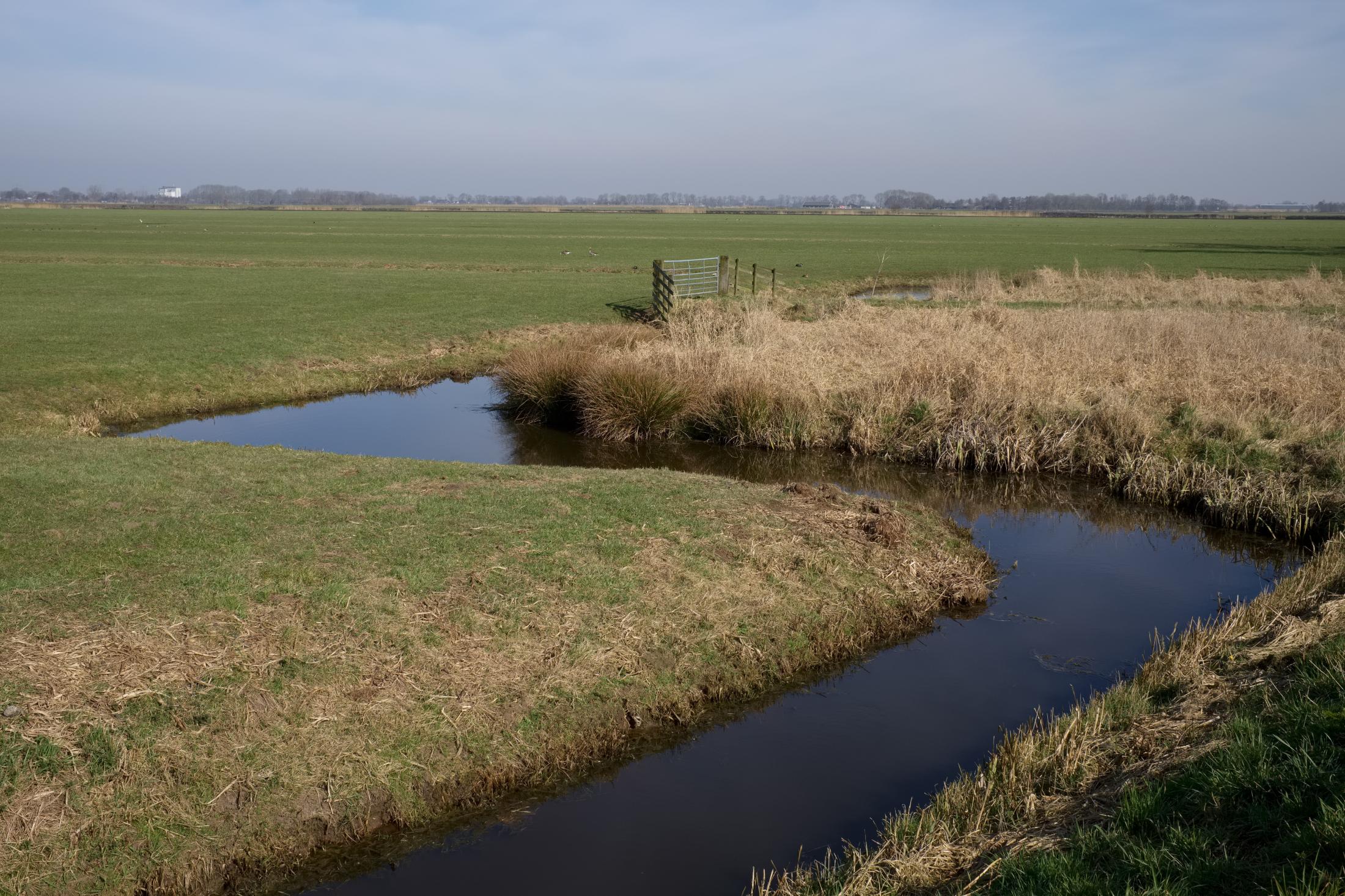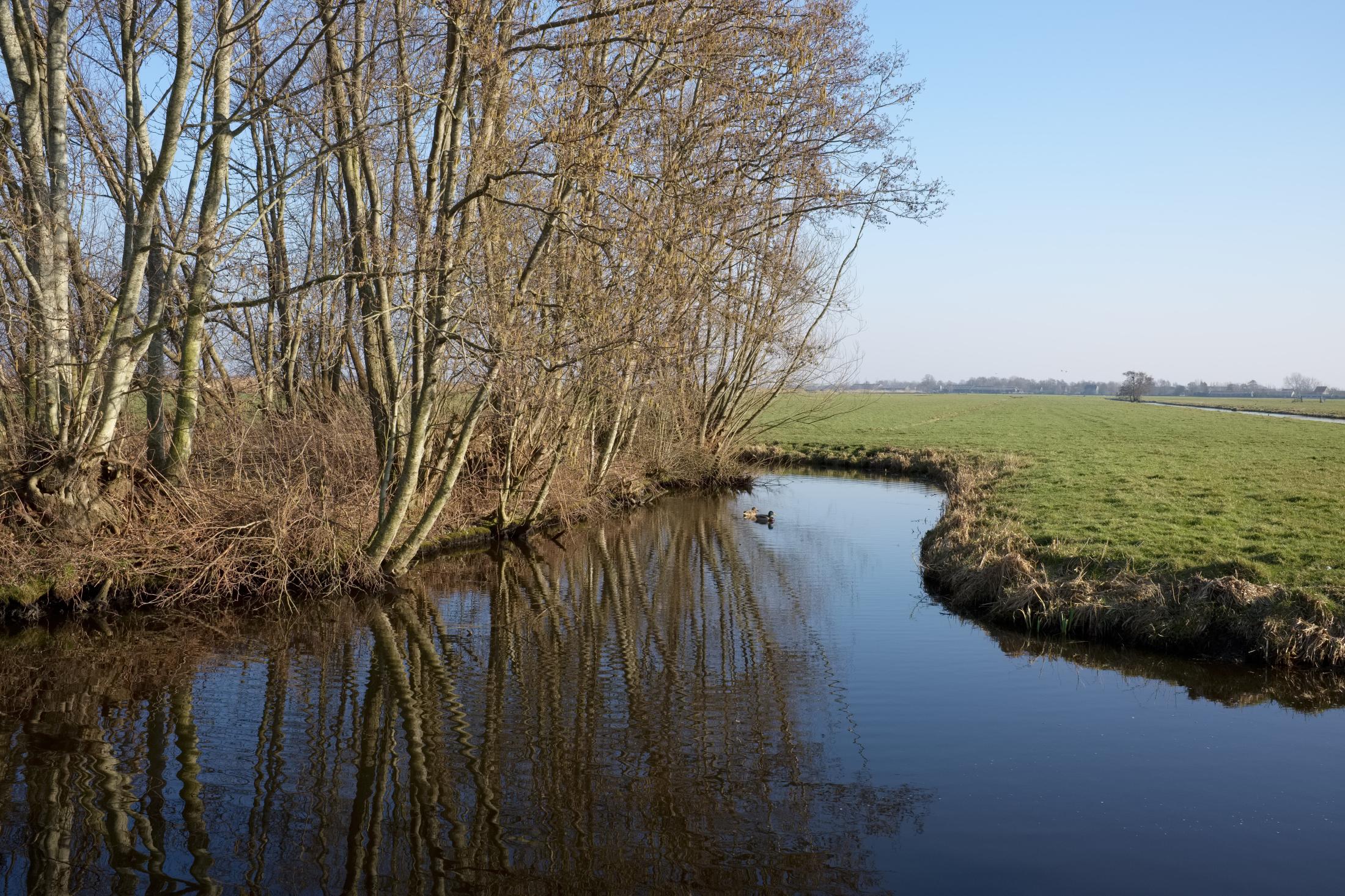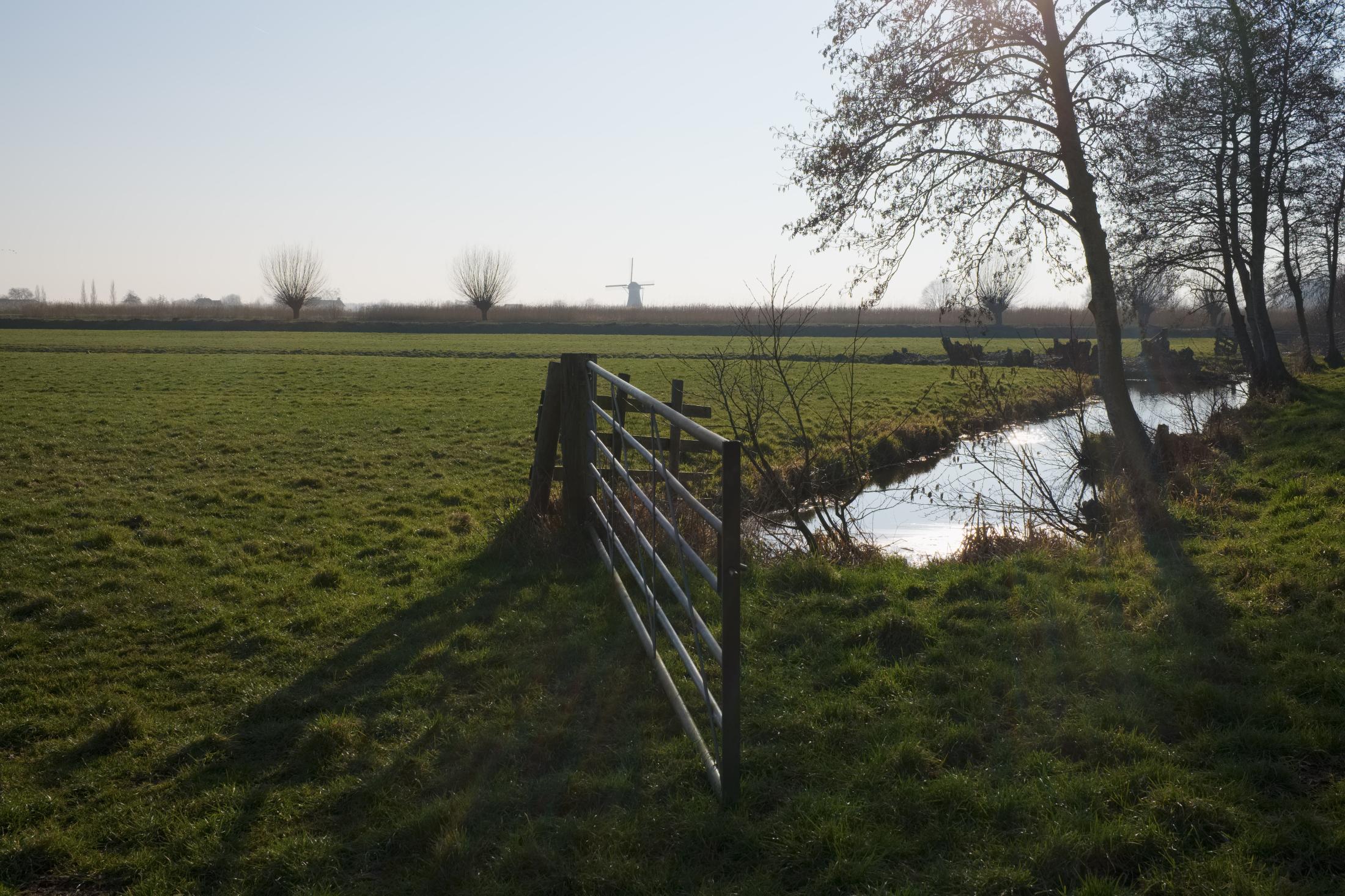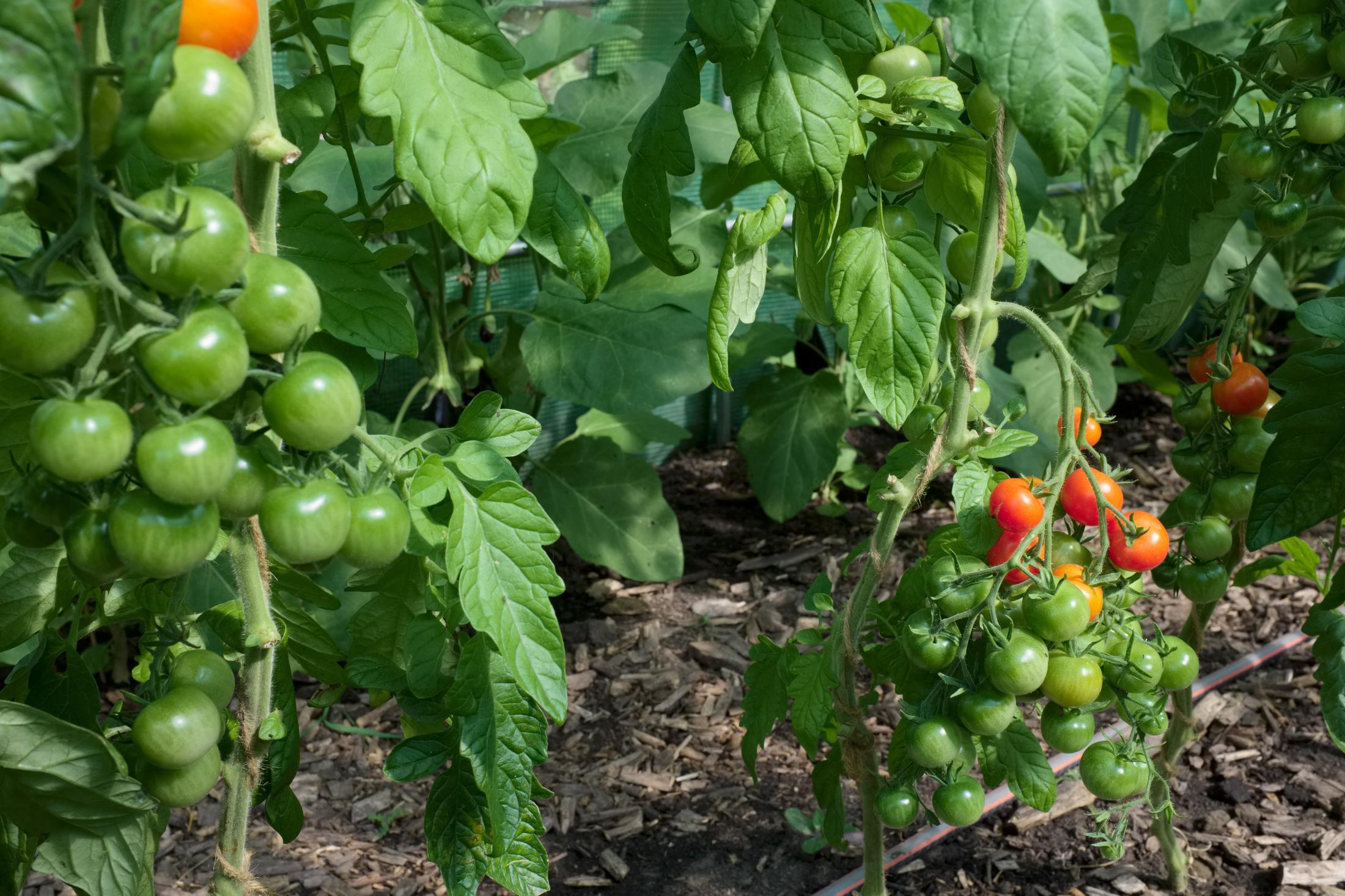
She made her first cultivation plan together with the other new gardener, Emma Smeets. 'Nobody actually knew the idea behind Gennaro's cultivation plan. It was all super diverse and on each bed there was a completely different crop, and flowers everywhere in between.'
Matty and Emma introduced more structure "to make it easier and more efficient for us. We put the plant families together and also made a very tight timetable. On each bed there are at least two different crops in succession, sometimes even three. I think Gennaro did a lot more from intuition, we from planning. We wrote everything down and worked it out in a spreadsheet. It's not just in our head."
Meanwhile, with more than two years of practical experience under her belt, she knows: "You steer where necessary, but in principle everything grows automatically and you can trust that it will be allright. You are always getting surprised, by weather conditions, the vagaries of nature, but I notice that I now respond more flexibly to what every season brings. I have found more tranquility in the profession and I also get more satisfaction and pleasure from coordinating and organizing everything."
In addition to producing food in a sustainable way, the social and educational aspect are also important in this market garden. "I had not realized before," says Matty, "that our way of horticulture also affects other facets. That volunteers like to cooperate. People come here to harvest and are more connected to the food they eat, and their children see how everything grows. It is a place where you are welcome, also to just sit if you want. To find peace or excitement and fun: a chat or a tasty carrot. It also brings me a lot as a gardener, the joy of those people. I experience the garden again through the eyes of all visitors. Then I want to do my best to make it beautiful as an experience place, instead of just as a production place."
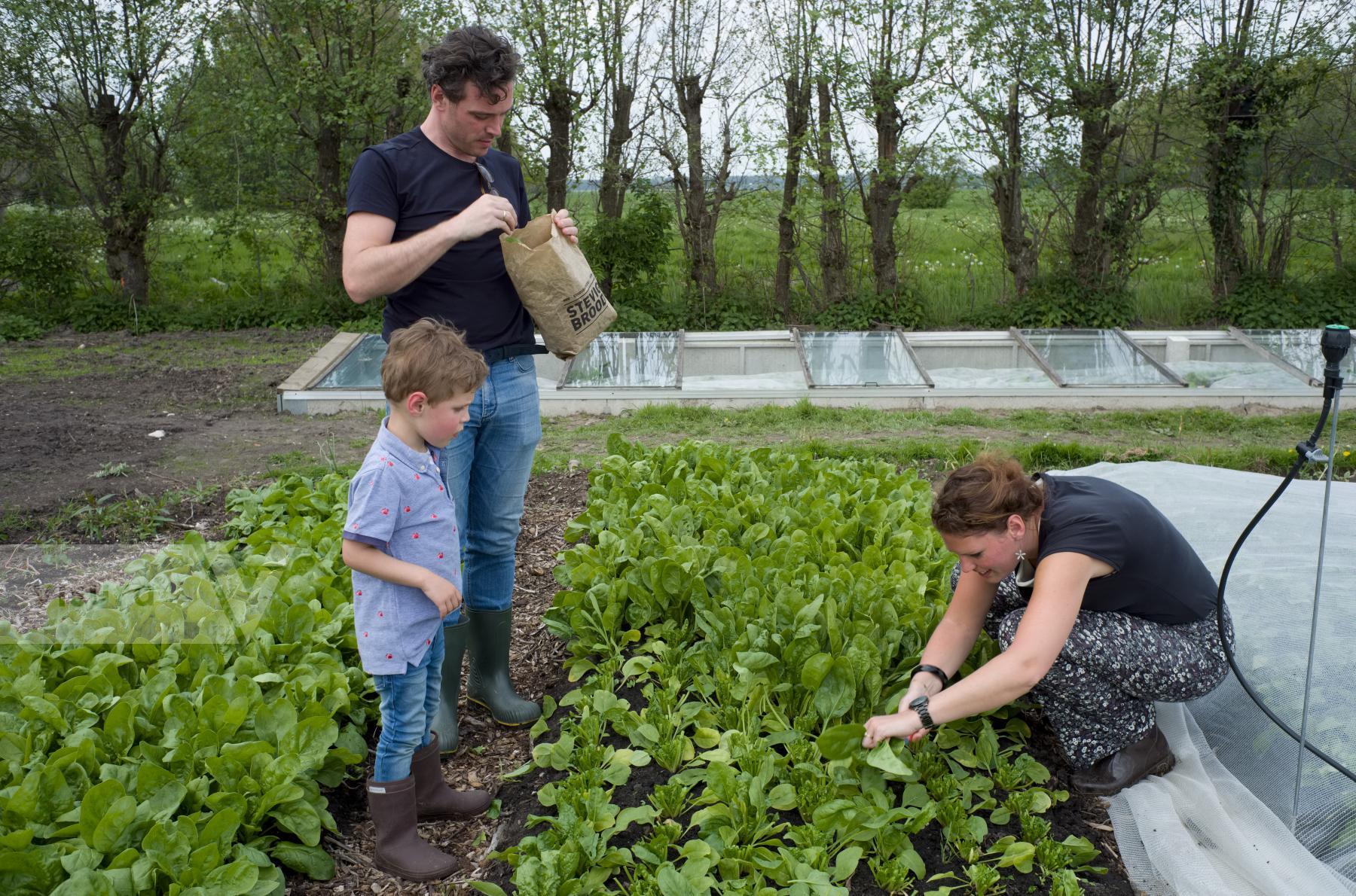
A family self-harvests spinach for the first time. Shareholders are encouraged to pick their own vegetables so that they bond more with the garden and what grows and blooms in it. The leaves are collected in a recycled bag given to them by the gardeners that says in Dutch: 'City Bakery, Firm Bread'. May 2023
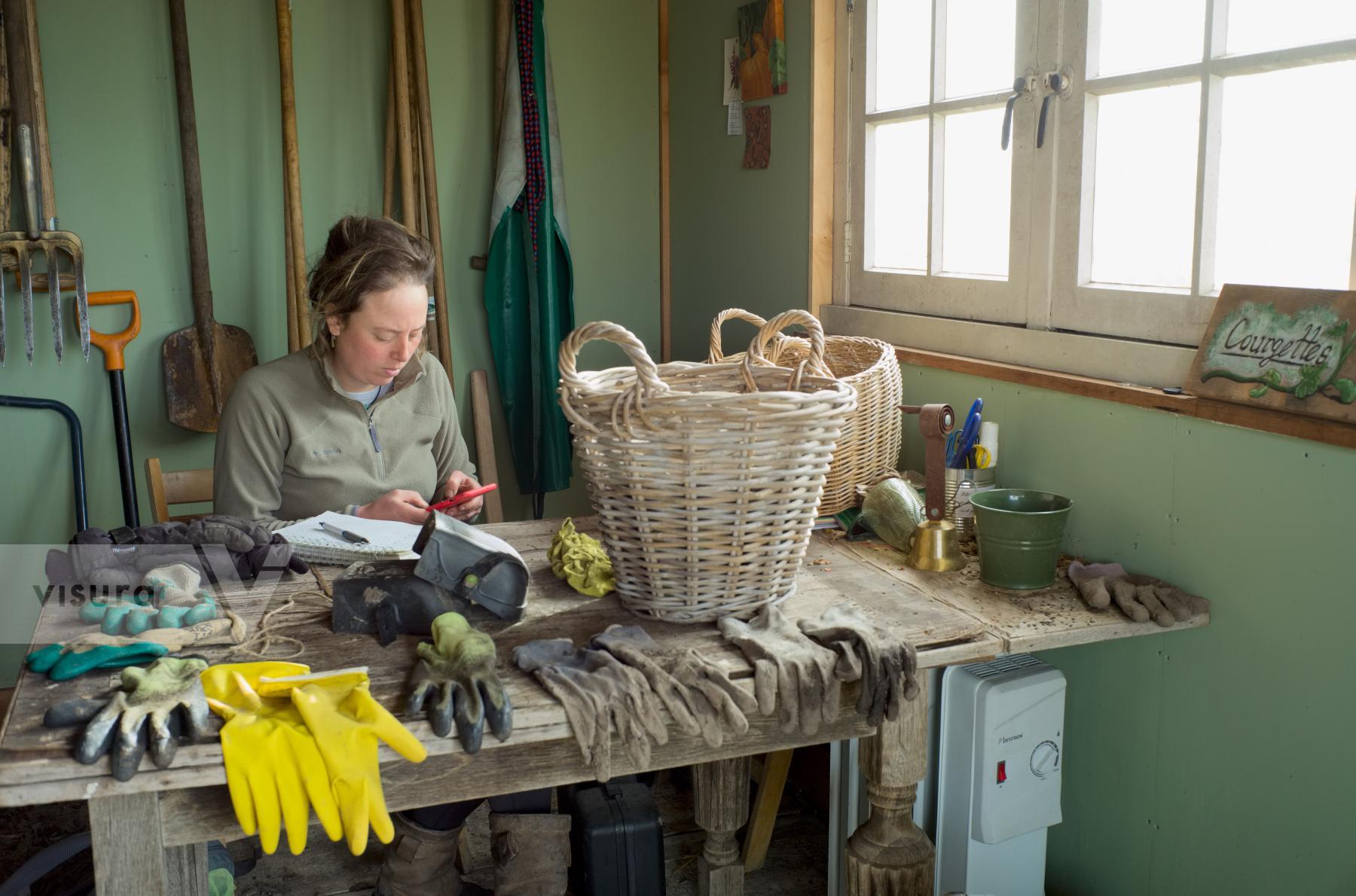
Matty checks the cultivation plan on her mobile phone in the work shed. Her new colleague Jantien, who joined the garden team in the 2024 growing season, first sorted all garden gloves. February 2024
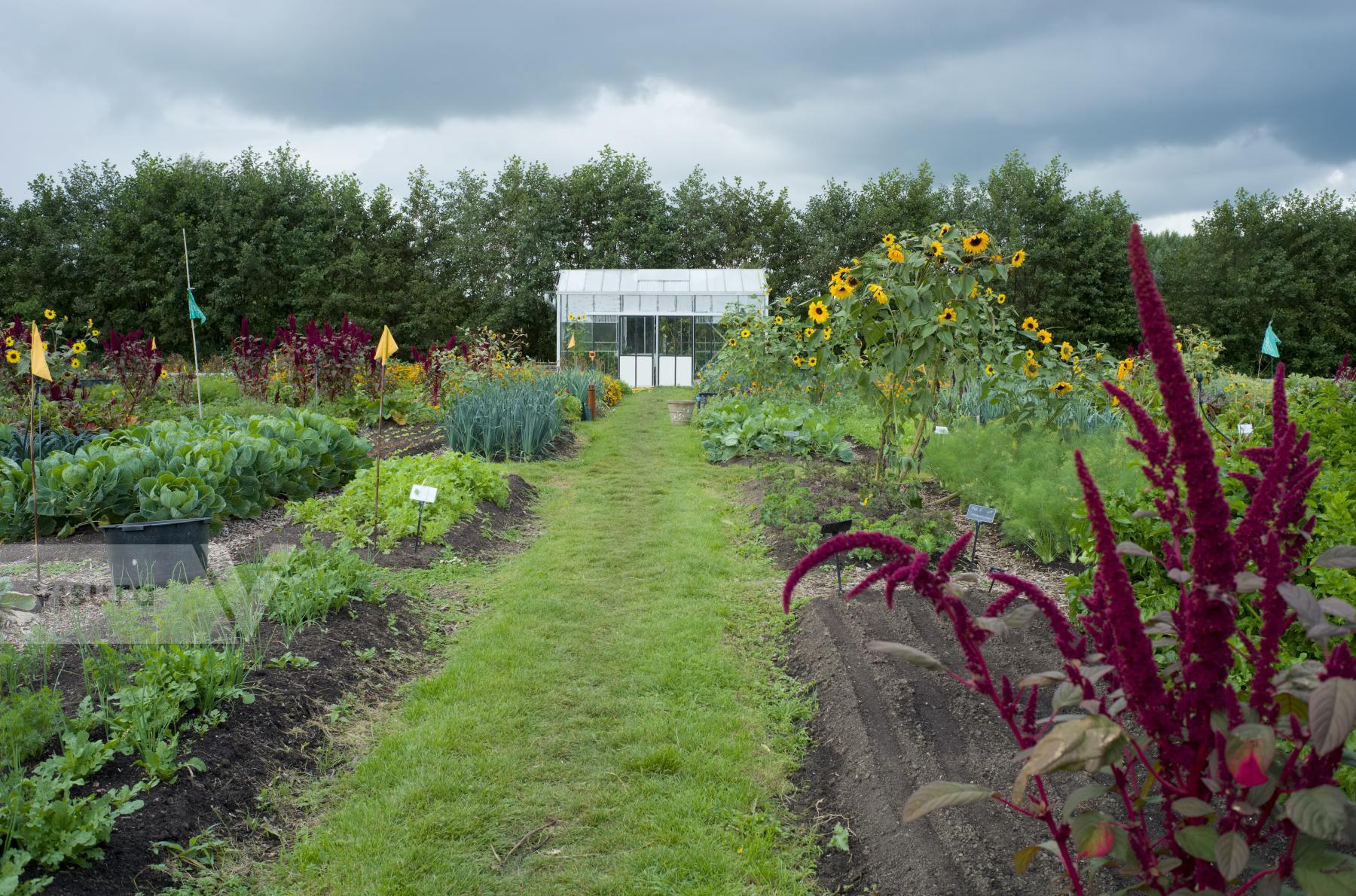
The Proeftuin van Linschoten in late summer, while a rain shower is approaching. August 2023
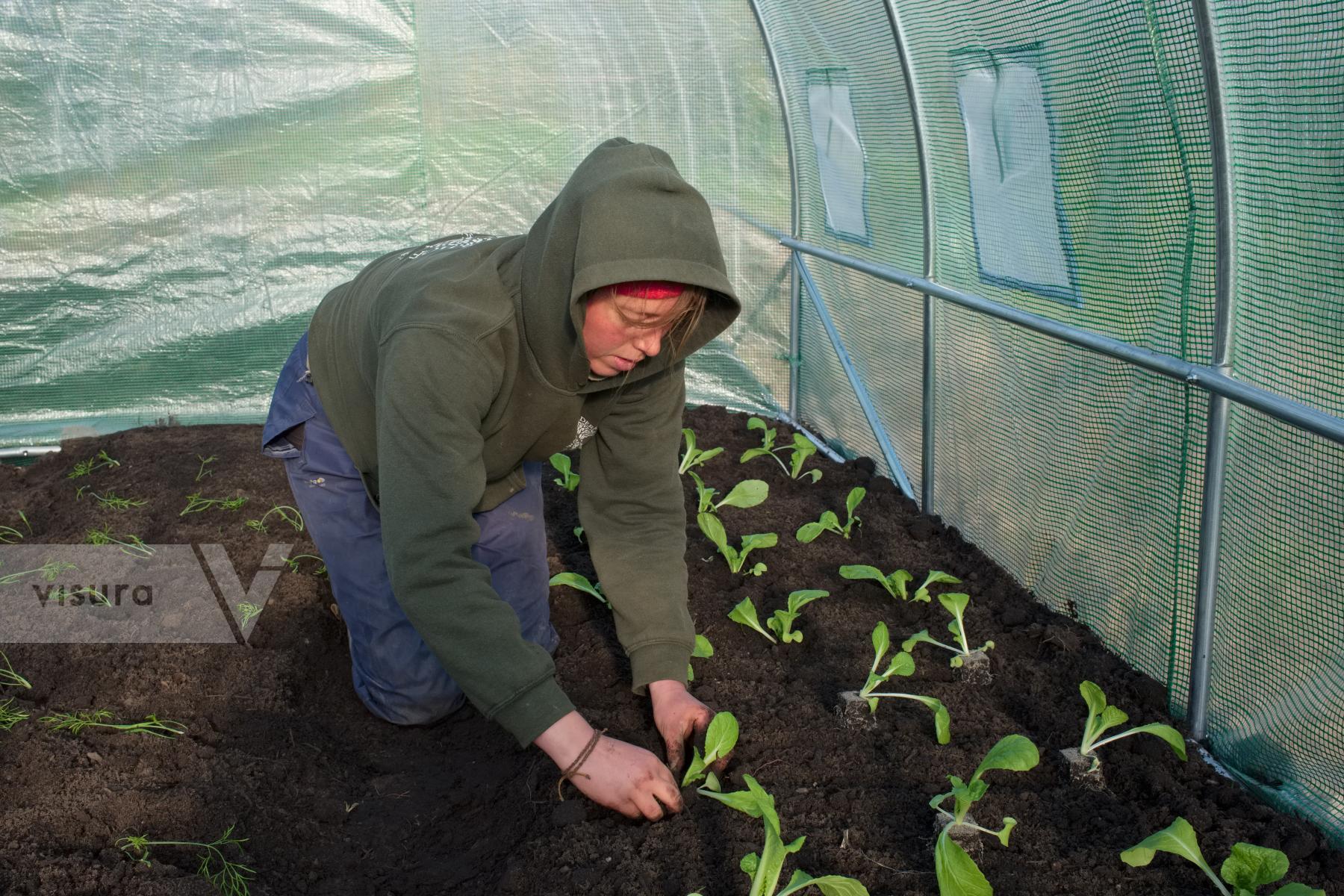
Matty plants peppers in one of the two tunnel greenhouses. When the weather is still bleak, vegetables can already be grown here, which extends the growing season. March 2024
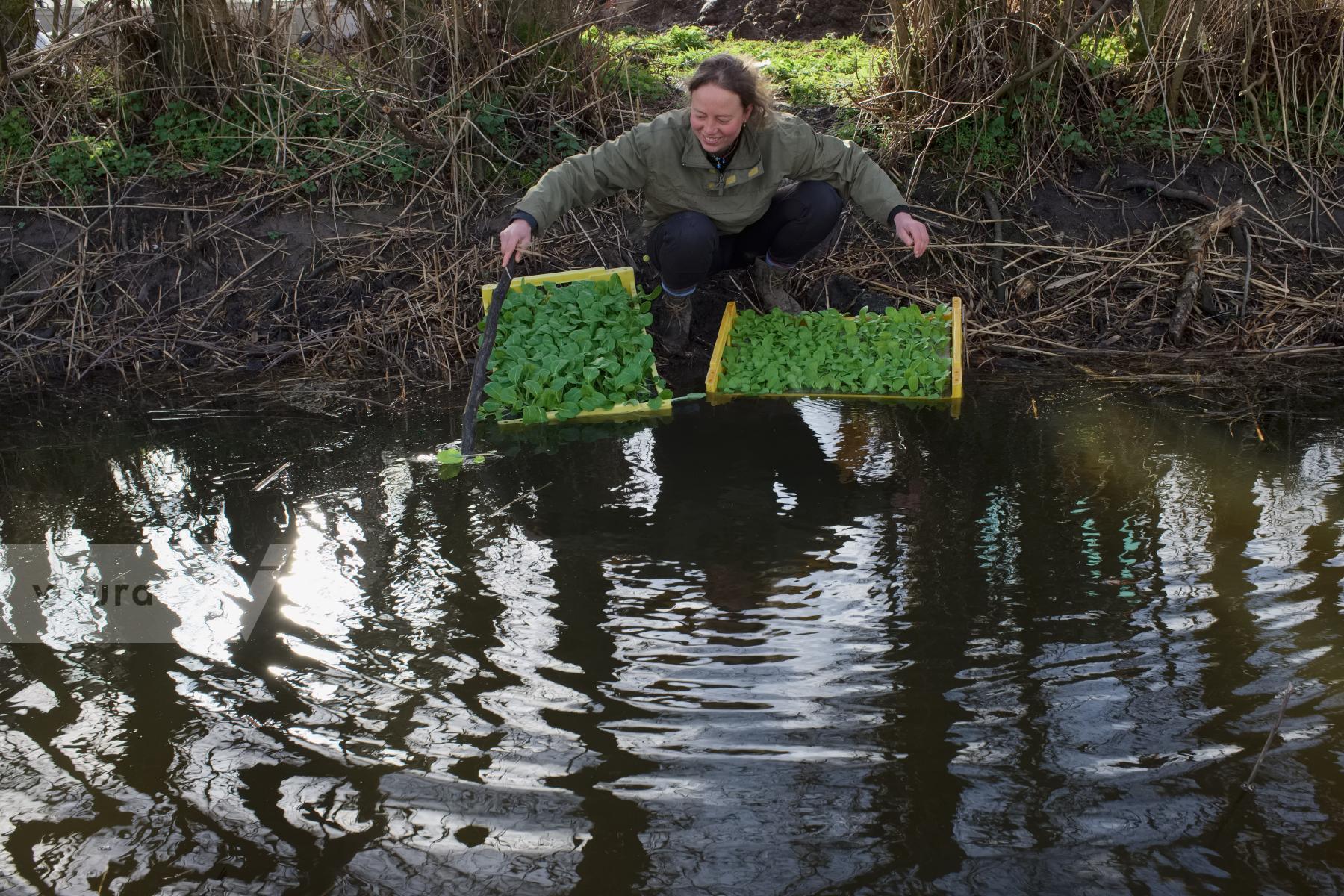
Until the irrigation system is installed, gardener Matty soaks grow boxes full of seedlings in a ditch adjacent to the Proeftuin before planting them. With a stick she retrieves a celery plant that has floated away. March 2023
Respond flexibly to what every season brings
After she studied sustainable food chains, gardener Matty Vink had two office jobs: as an organic certifier of farms all over the world and as a certifier for agriculture with the biodynamic Demeter quality label. That was the way she wanted to go, she had decided: sustainable agriculture.
During her training she learned how to help small farmers in developing countries, with a piece of land and a few coffee bushes or cocoa trees, to seize more power in the chain of distributors, exporters, importers and consumers: through cooperation, sustainable production, and organic certification or fair trade.
There was a lot of idealism. "We analyzed documentaries about the agricultural situation in Africa, Asia or South America, learned how to scale up production there. But then I also found out that agriculture in the Netherlands is one of the most problematic sectors we have when you look at climate change, the nitrogen surplus, fertilizer leaching and the use of poisons. We are very proud to be one of the largest agricultural exporters in the world, with such efficient production when you look at the harvest that comes per hectare of land. Why is this the ideal image that we have to copy somewhere else? That's not right! I realized: I don't have to go anywhere else with my idea that I know better. I can work in the Netherlands to improve agriculture."

Emma sows spinach with the seeder. It is one of the few machines used in the market garden and even it is powered by hand. September 2023
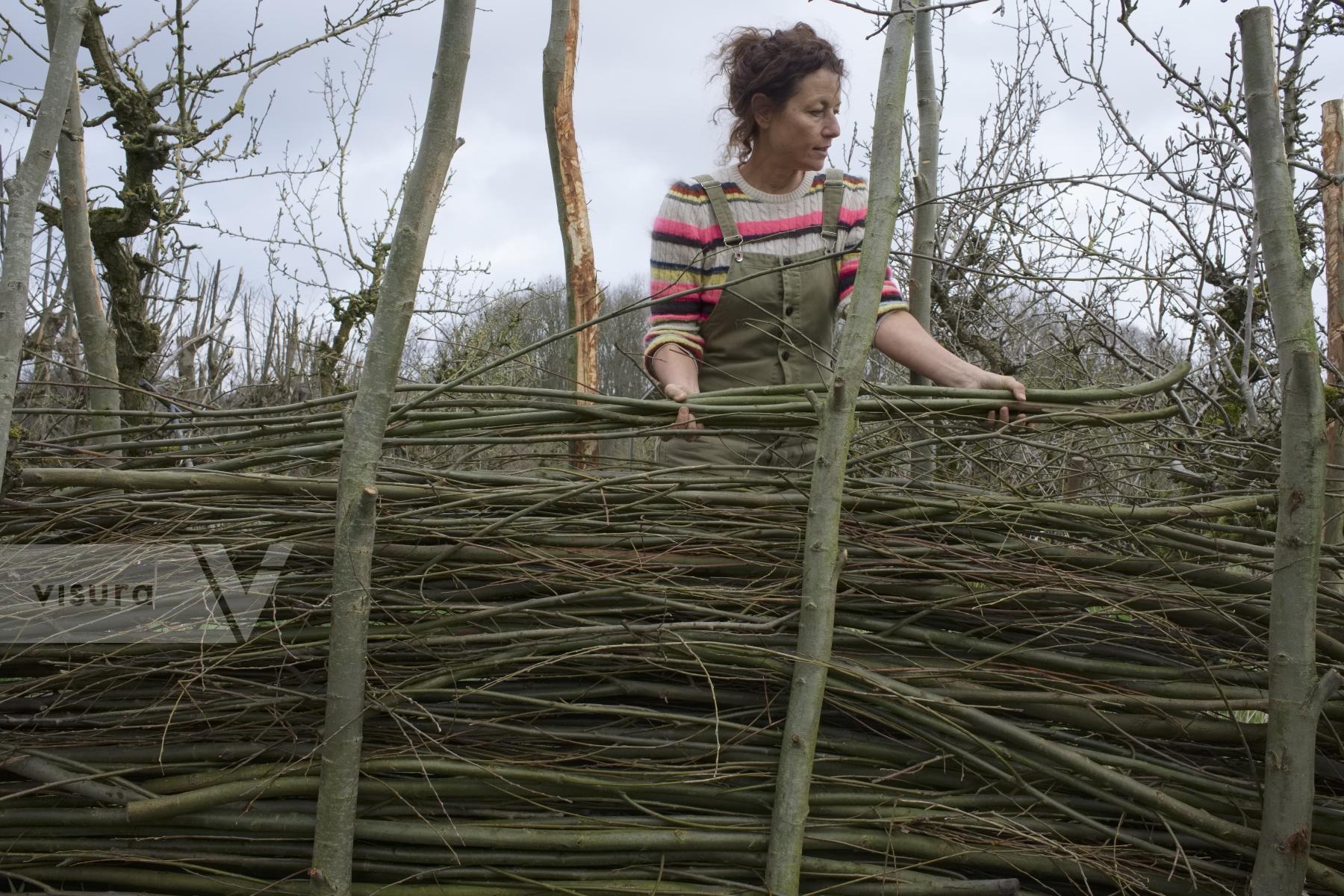
Natascha builds a screen of branches from newly pollarded willows. It will give more privacy to tenants of the holiday cottage behind her and also offers a shelter and nesting place for insects and birds. March 2024
Never sown even a head of lettuceBecause she didn’t want to stay on the sidelines while every morning reading more alarming news about climate change, Natascha Boel, a jurist/artist/illustrator/yoga teacher, who herself “never even had sown a head of lettuce,” decided to become more self-sufficient. During the covid years 2020 and 2021 she learned the basic principles of organic and sustainable gardening as an intern at a market garden and sought inspiration at many others. What was intended to be a kitchen garden for four persons in her own back yard in the village of Linschoten, grew into an ‘edible landscape’ and meeting place when she got the opportunity to lease the adjacent pear orchard of Landgoed Linschoten, a private estate consisting of a mansion, surrounded by woods and pastures.
Now, Natascha takes care of everything that has to be done to keep her vision going, apart from cultivation. Her past as a legal expert comes in handy when writing grant applications, reviewing regulations, talking to civil servants and organizing many other practical matters. Her artistry is reflected in the beautifully illustrated website and newsletters, and in the tasteful interior of the guest houses. And she gives yoga classes in the big greenhouse.

"What I like here is that the range is wider. I can tell more people the story of this garden, what we do and why we do it. And the ecological impact is higher, whereas on the social dimension it is higher in Leiden. The Proeftuin van Linschoten is in the middle of an ecosystem, I can enjoy all the birds and animals that fly and crawl by."
Emma is, she says, "the most hard core on the critters". She photographs the butterflies, caterpillars, salamanders, frogs and toads, and puts them in the newsletter with an explanation. As a little girl she had always been busy with nature and insects, but for a while she wandered in a different direction.
"For me it's really about showing what's going on in agriculture, what's the problem with fertilizers and pesticides, and what happens if you do it differently." She decided to do a horticultural training, "because I can't advise on something if I don't know what I'm talking about." She thinks that this is one of the main causes of the problem with Dutch agriculture: the gap between people who say it has to be done differently, and the people who have to carry it out. "Then you will not listen when someone in a suit stops by once again.
"What I actually thought was: if I transform one or two hectares of land that is now ruined into something beautiful somewhere in the world, that is a feasible goal and I can at least get direct satisfaction from that. And also make time to join a number of movements that look at a higher level, to see how we can better promote and achieve this nationwide. I want to be part of the bridge between the rural workers and the policy-making people."
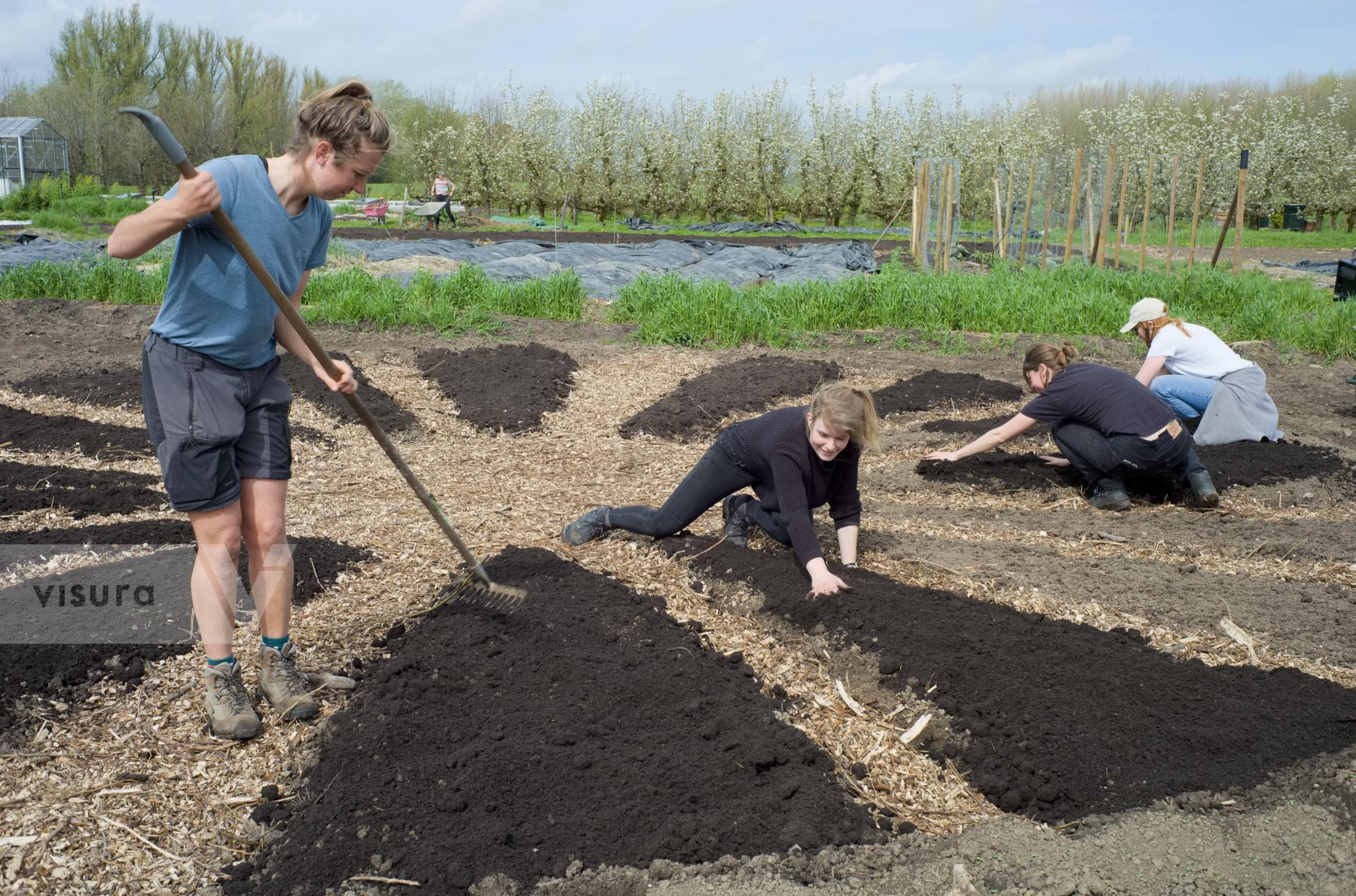
Volunteers cover a new herbal circle with fresh compost during the first Lend a Hand Day at the new Dutch market garden Proeftuin van Linschoten. Blossom adorns the pear trees in the remaining part of the old orchard. April 2023
A Place for a Chat or a Tasty Carrot
photos and text by Ellen Kok
Small market gardens that sell healthy, fresh vegetables to local people by subscription and involve them with the cultivation are springing up all over the Netherlands. The gardeners often do not even have a farming background. Many say they don't want to wait any longer for politicians to finally come up with better agriculture, nature and climate policies.
I followed the early years of one of these new Dutch vegetable gardens: 'Proeftuin van Linschoten' (Taste Garden of Linschoten), an all female enterprise. I asked its gardeners why they chose to leave their former jobs as lawyer, organic certifier, family doctor and project manager to become veggie farmers.
With the help of over twenty loyal volunteers, initiator Natascha Boel and the three gardeners Matty Vink, Emma Smeets and Jantien Meijer since 2022 have been changing half of and old pear orchard into a nature friendly, biodiverse community garden. They grow a large variety of seasonal greens, fruits, herbs and (edible) flowers, without the use of fertilizer or pesticides, applying growing methods that improve the soil and boost biodiversity.
The Proeftuin is accredited as an innovative European LEADER project. This earned it financial support for the construction of vegetable beds, a shed and two greenhouses from the European Fund for Rural Development and the Dutch province of Utrecht.
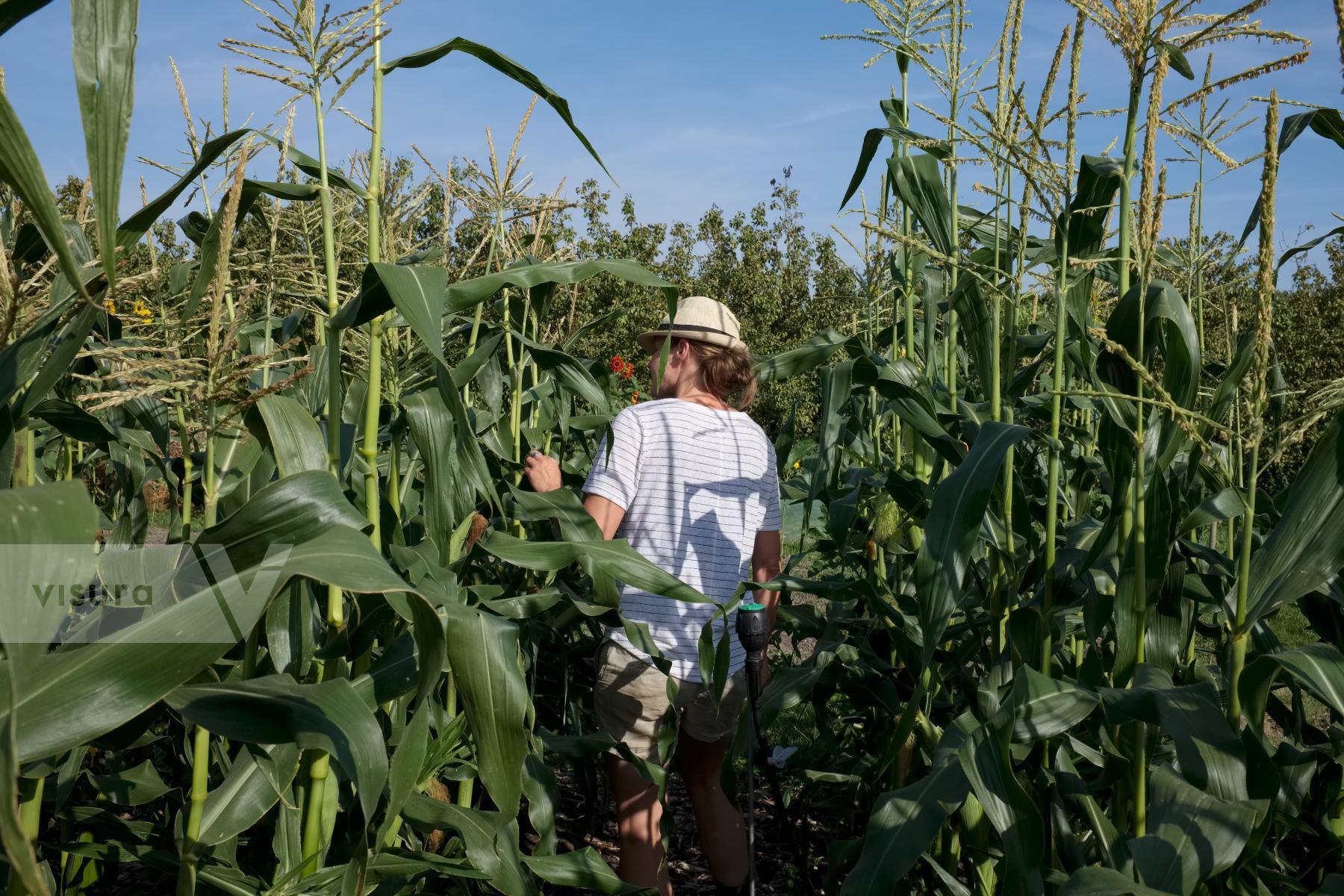
Gardener Jantien checks whether the corn on the cob can already be harvested. August 2024

Juana Alvarado is part of Qachuu Aloom, through which ancestral knowledge is preserved and healthier, more sustainable agriculture is promoted.
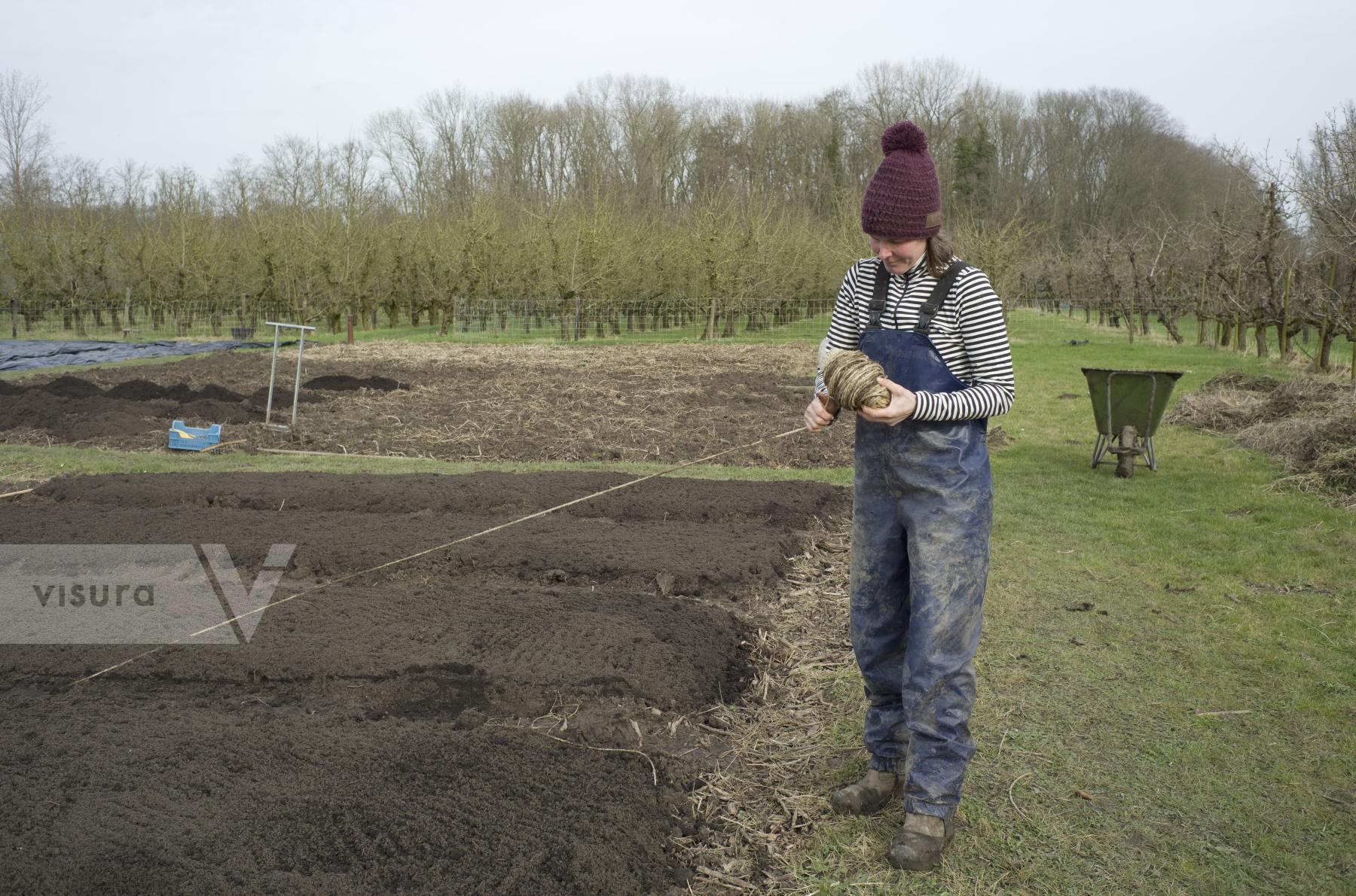
Jantien rolls up the rope with which she had indicated the new beds. Those are covered with compost and ready to plant potatoes in. February 2024
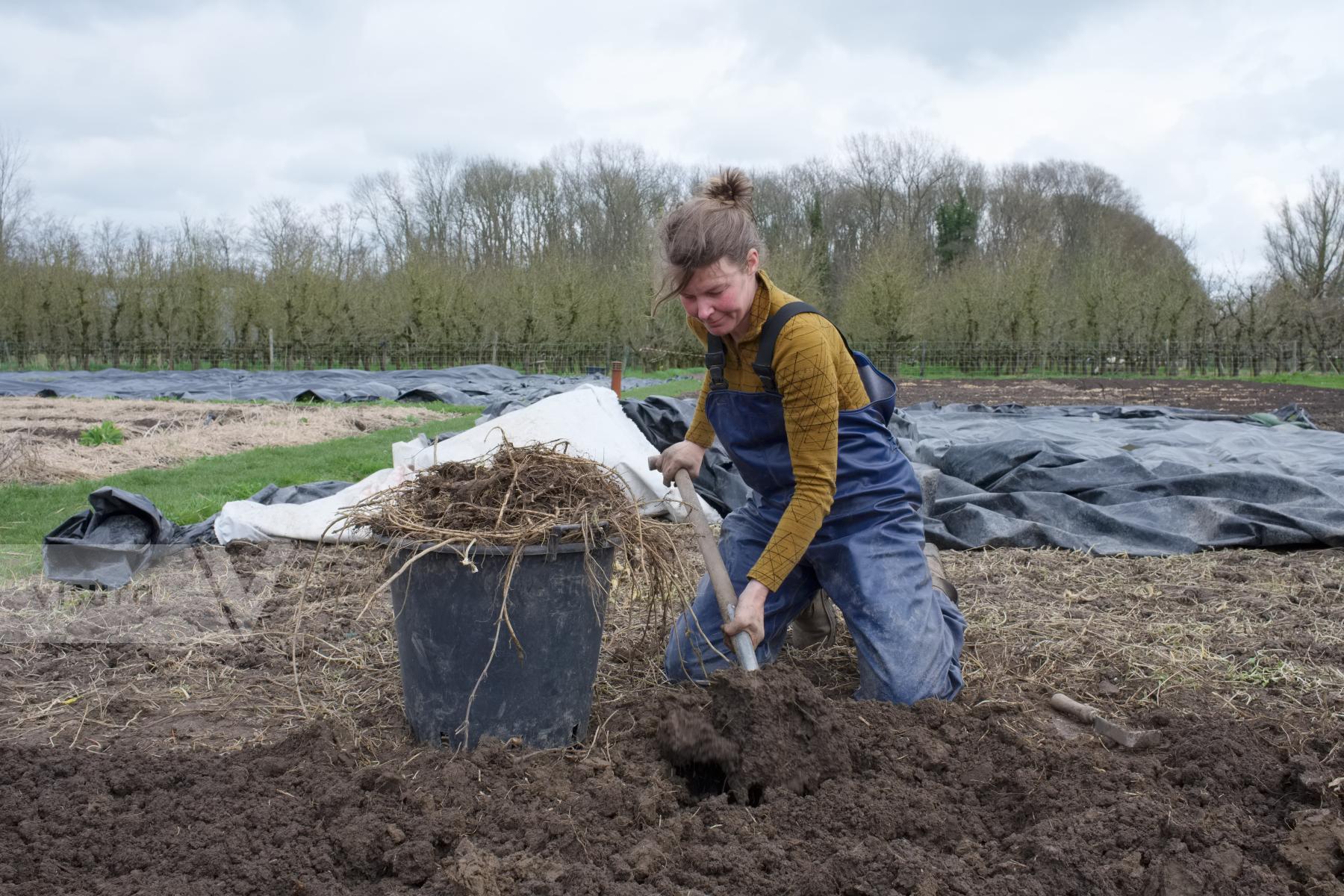
Jantien frees a field from weeds and the roots of couch grass, so that new cultivation beds can be created. It is heavy, precise, slow work. March 2024
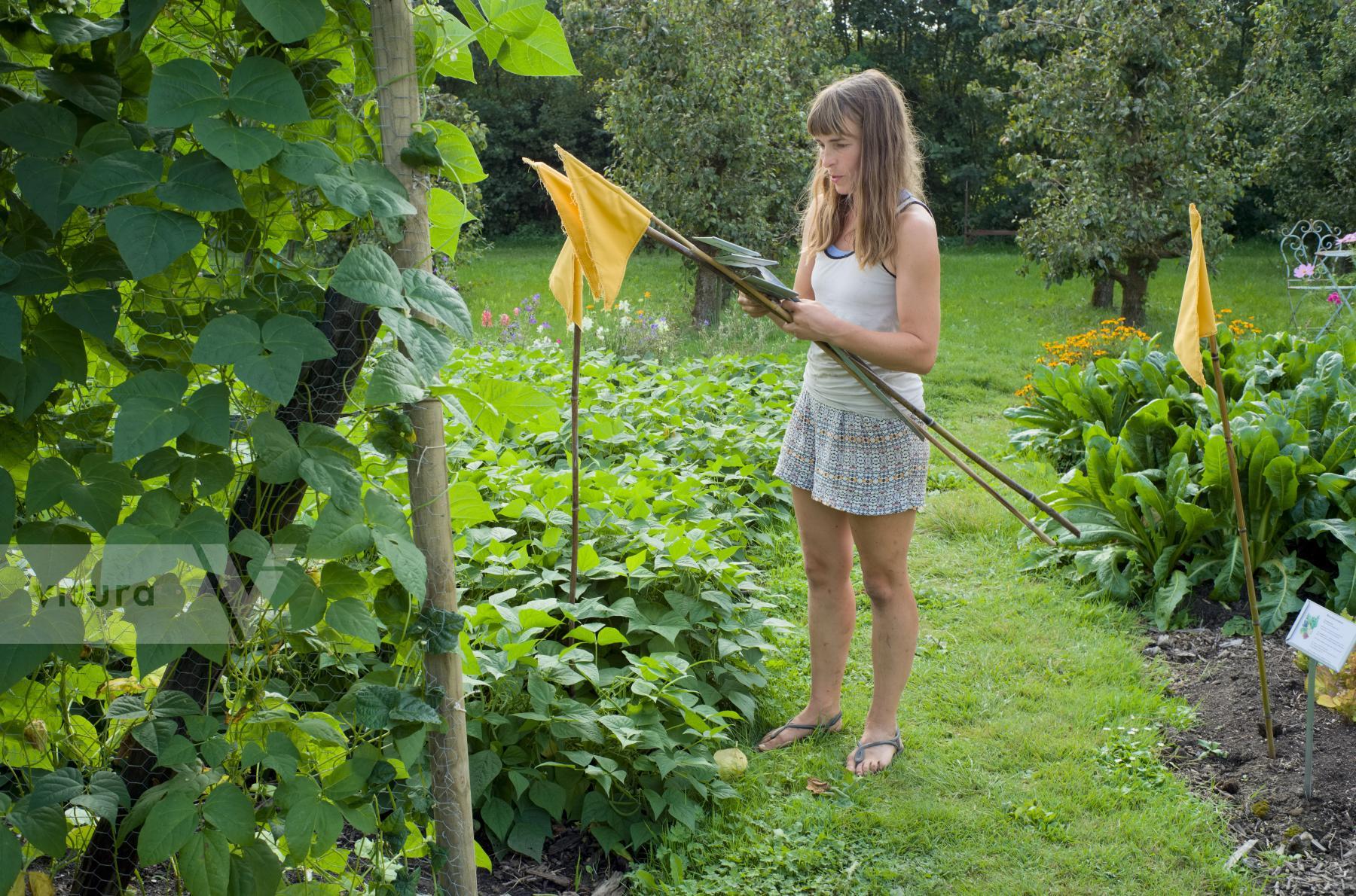
Emma places yellow flags so that the vegetable subscription holders know where to harvest their weekly vegetables. Signs explain the crop and the best way to cut or pick. September 2023
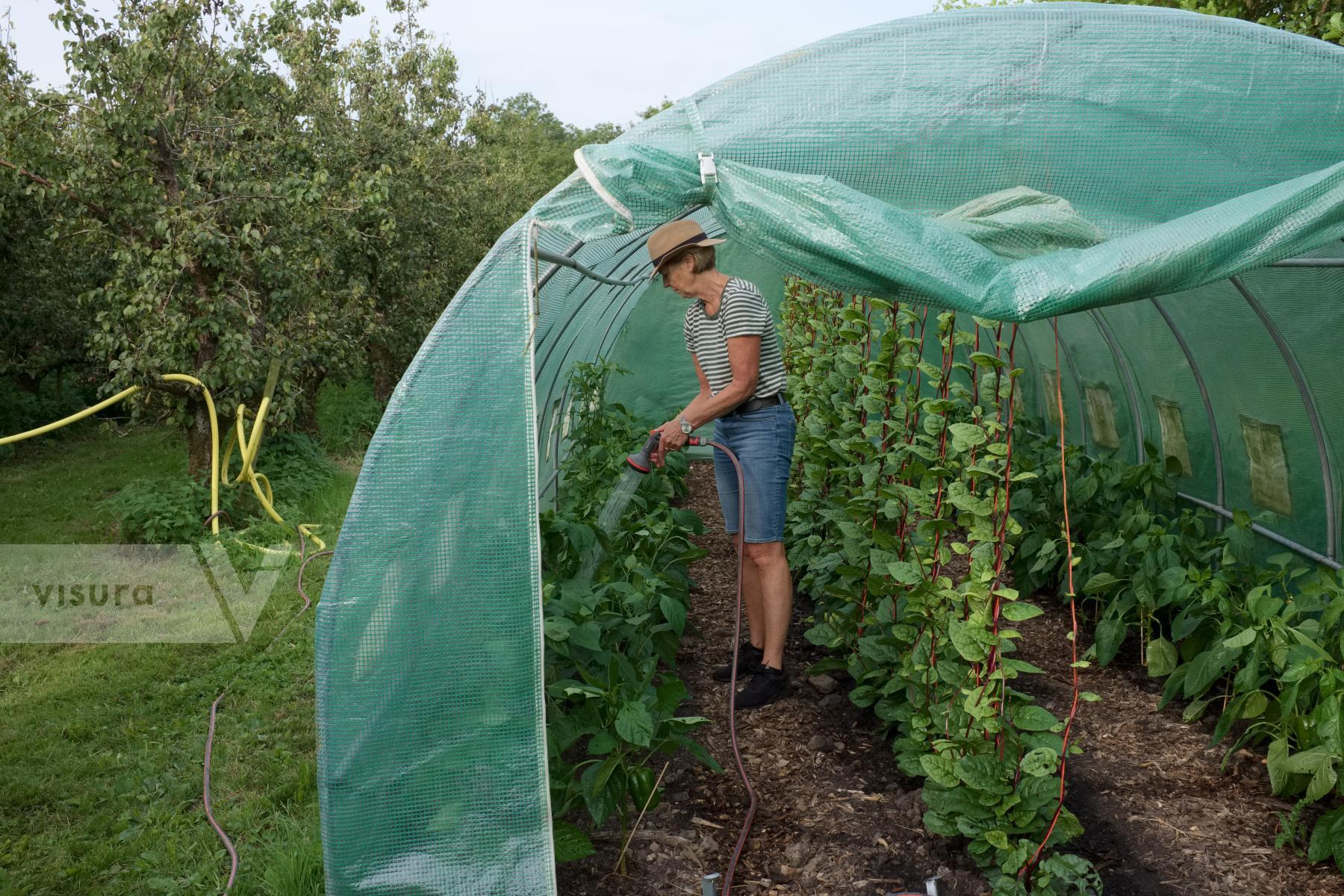
Volunteer Andrea waters peppers and malabar spinach in one of the two tunnel greenhouses. July 2024
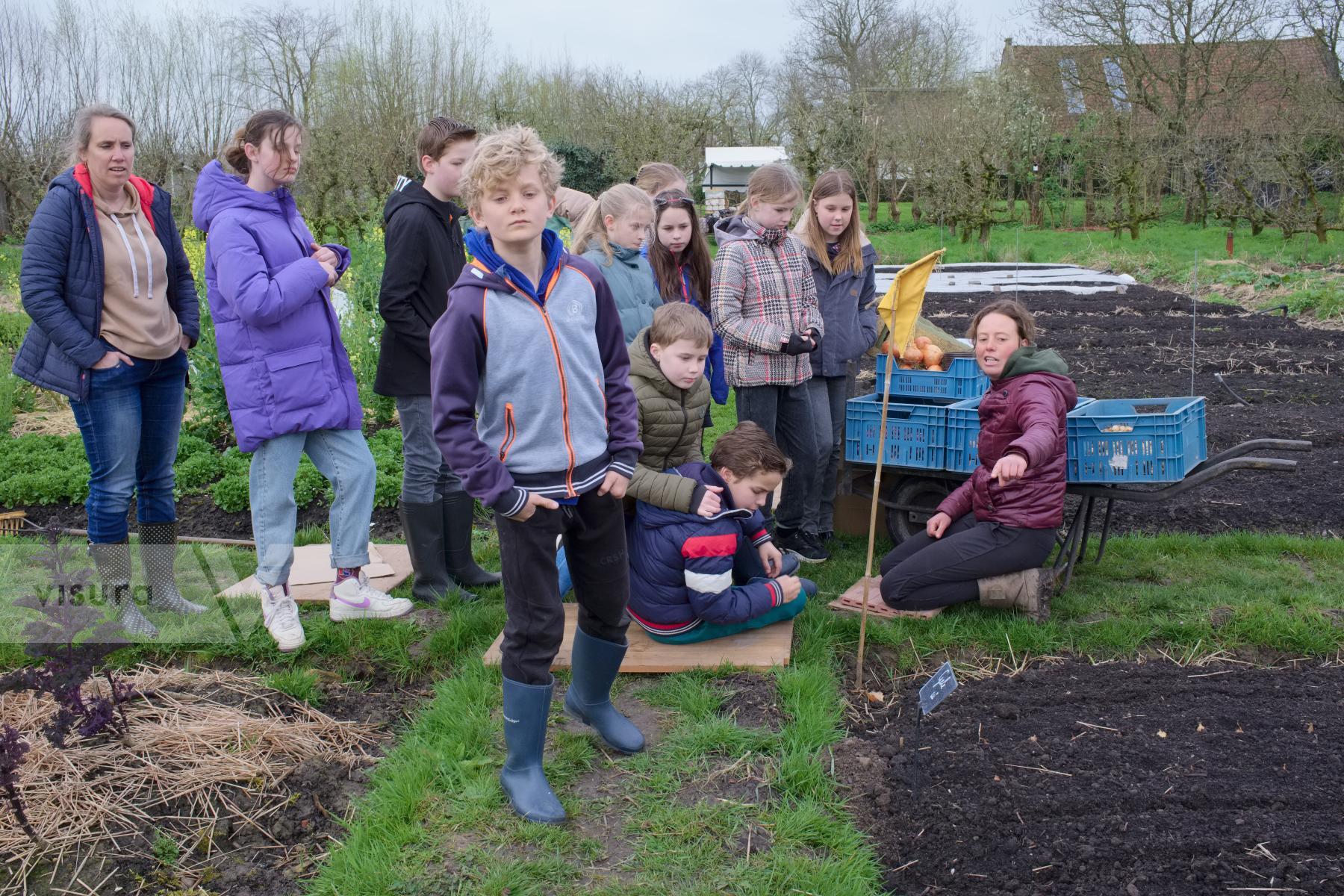
Students and an accompanying parent of the Margriet School in the nearby Dutch town of Woerden visit the Proeftuin of Linschoten. They learn about growing vegetables and biodiversity. Matty (right) shows how to plant onions. The students will then to do this themselves. April 2024
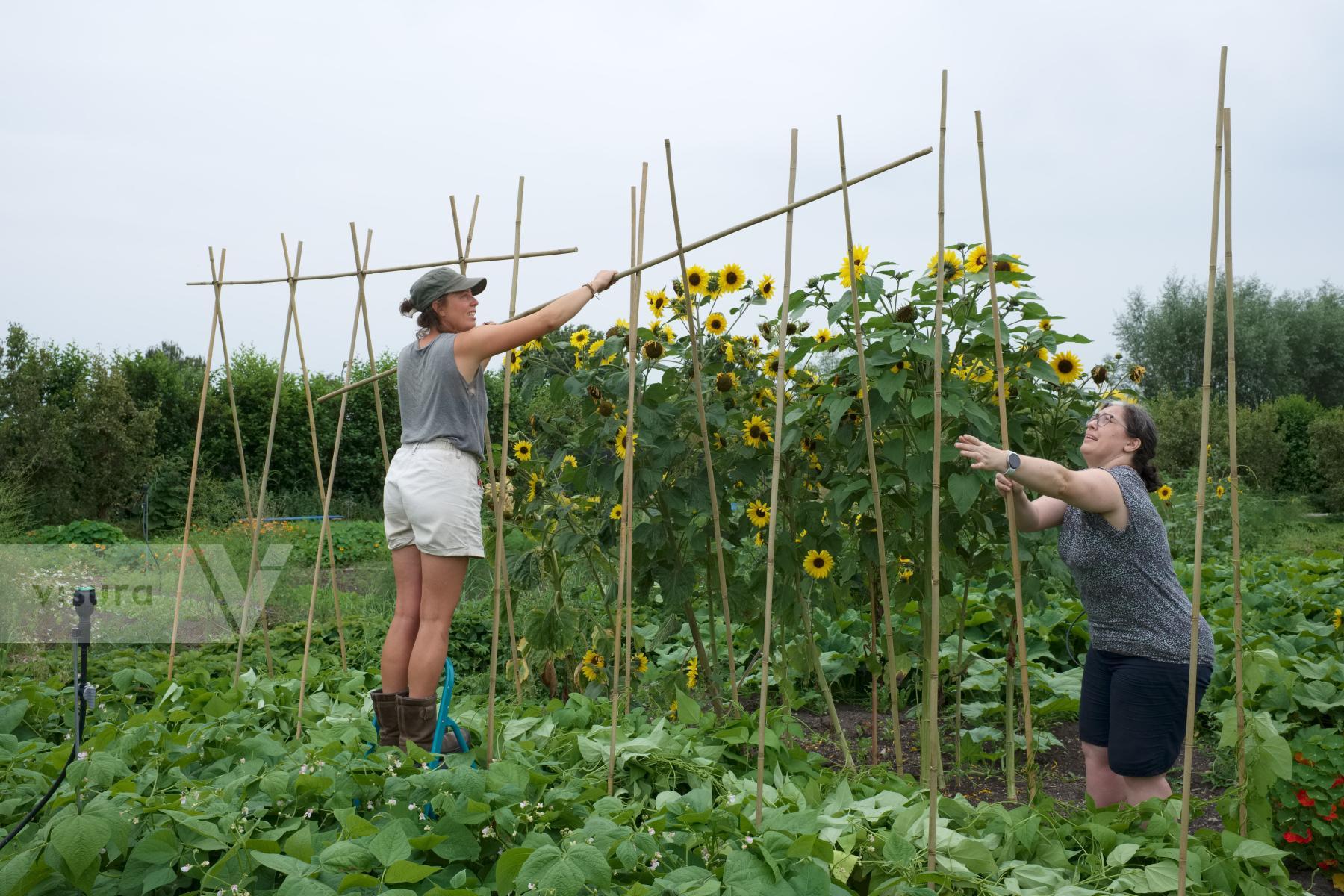
Matty (left) and volunteer Ineke build a bamboo rack for the heirloom holy beans. The bamboo sticks they ordered came in late, so the bean plants are already quite large and their shoots need to be disentangled in order to wrap them around the poles. A tricky job, because the tendrils are fragile. August 2024

Jantien cleans tubs in which the gardeners collect weeds. December 2024

Gardener Jantien sits on the tool shed's floor, writing a list of vegetables that CSA members can harvest, and the quantities allowed, on one of the information boards of the Proeftuin van Linschoten. August 2024
Healing land
When Jantien Meijer followed the part-time horticultural training at the Warmonderhof farm school, her grandfather, an arable farmer in the Dutch province of Zeeland, who grew potatoes, onions, sugar beets and grain, said: 'O Jantientje, I like that!'
"That suddenly gave us a new kind of connection," she says now. Because his granddaughter was a real city kid; born and raised in Rotterdam, she went to Amsterdam to study theater sciences and international relations.
"It is not that I developed my love for market gardening on my grandfather's farm. But I did get the outdoors experience there. The gardening gradually crept in. At some point I experienced severe trauma, was out of the running, but I didn't want to sit on the couch at home. Then I happened to come across that agricultural training. Not with the idea 'I want to become a gardener', but I wanted to learn that trade. Then I noticed how healing the land can be. There are care farms for a reason.
"And, what I had not anticipated: I really enjoy living with the seasons. That you build something in the spring and break it down again in autumn. That's so beautiful in nature, but it also touches us as people. It is nice to turn inward and reflect in winter."
Jantien has been working at the Proeftuin since the 2024 growing season. The previous three years she was active at other market gardens. "This is an environment where I can land," she notes as she glances around the Proeftuin in its late summer glory. "A safe place, where I can breathe, go outside and be busy. That is such an instinctive awareness: there is a softness here, a calmness, and space for each other, warmth, shared attention, listening. You enter and it is at once: 'welcome'."





















